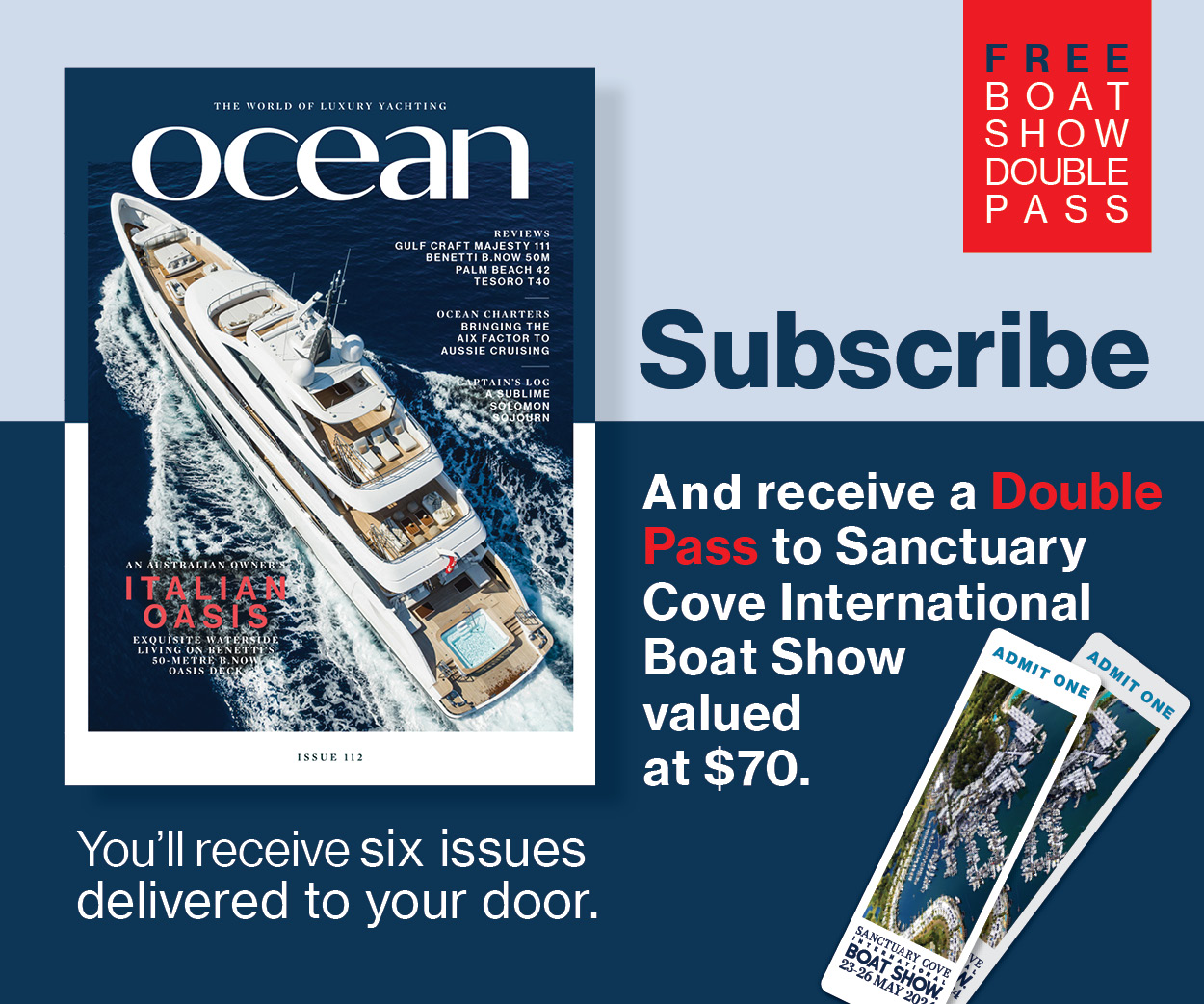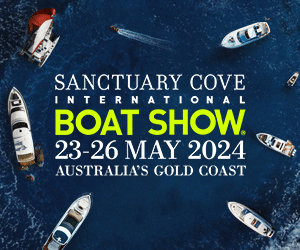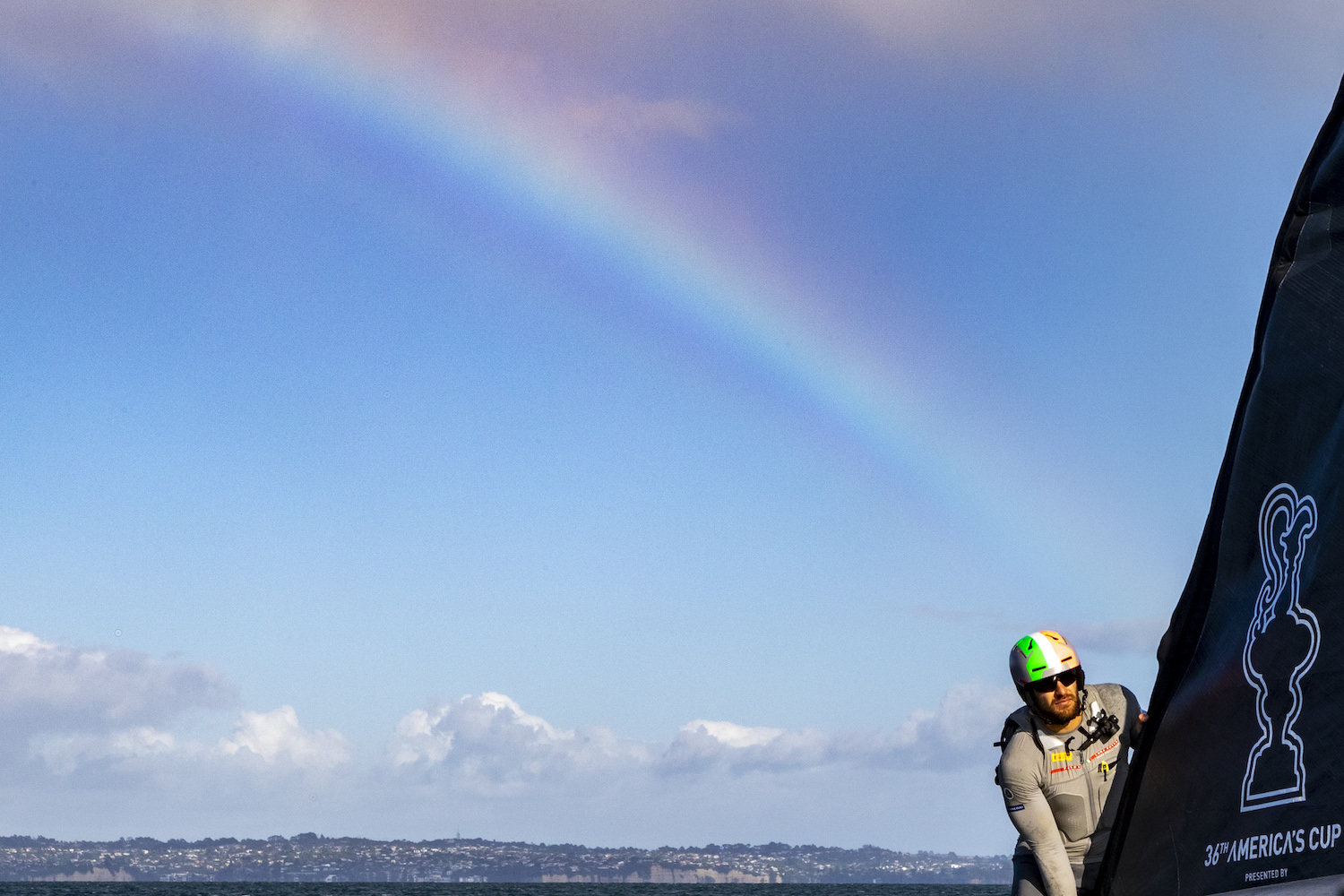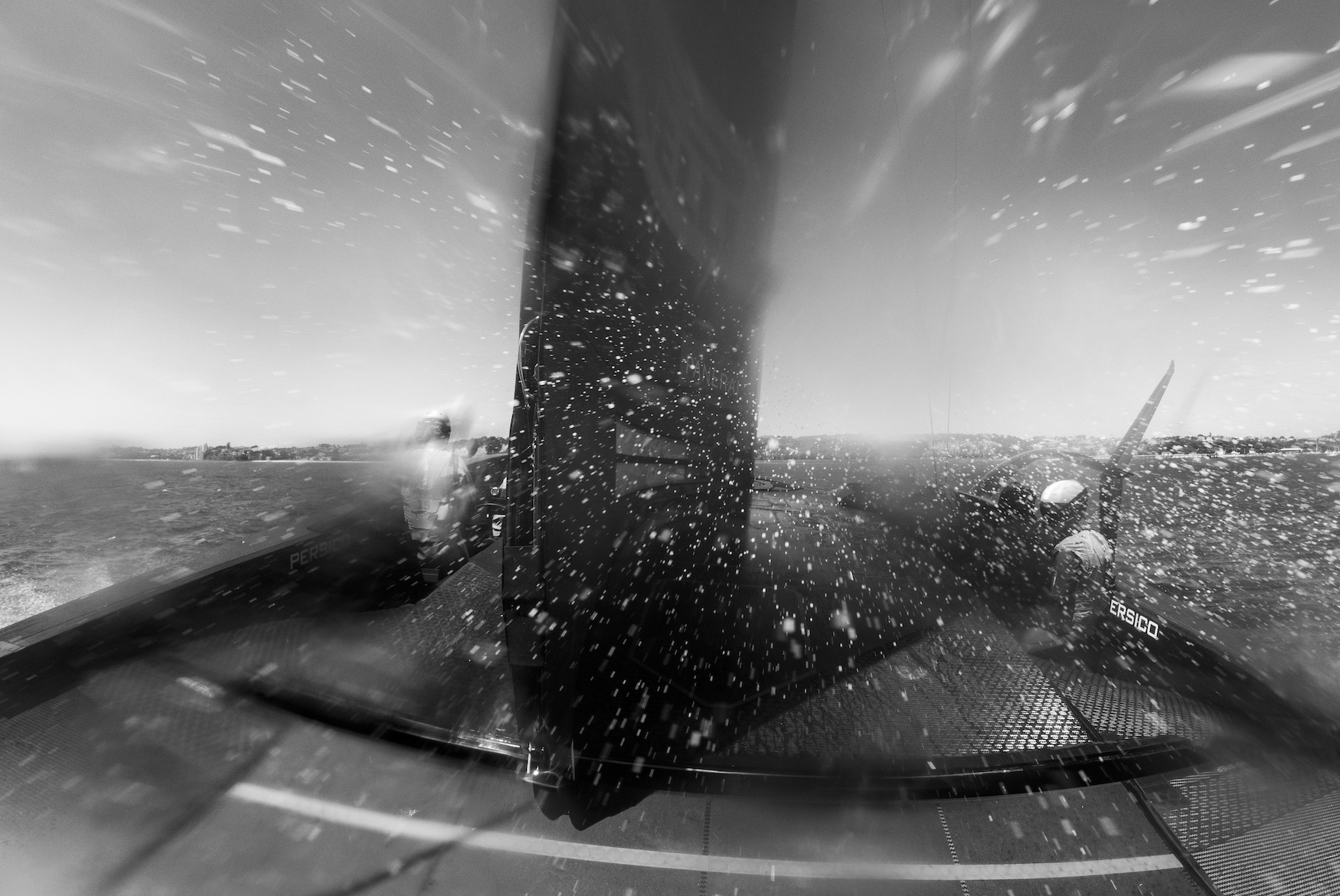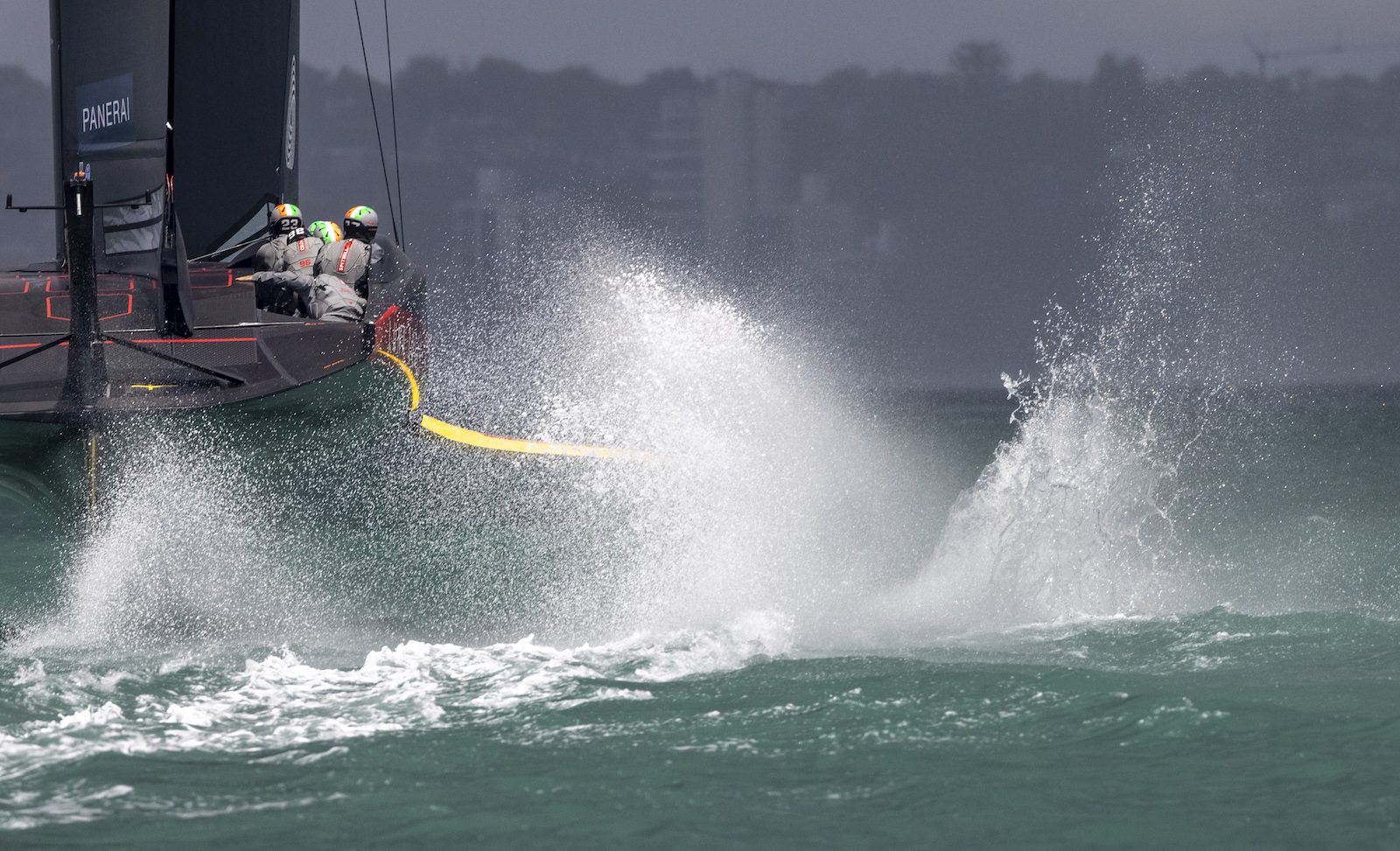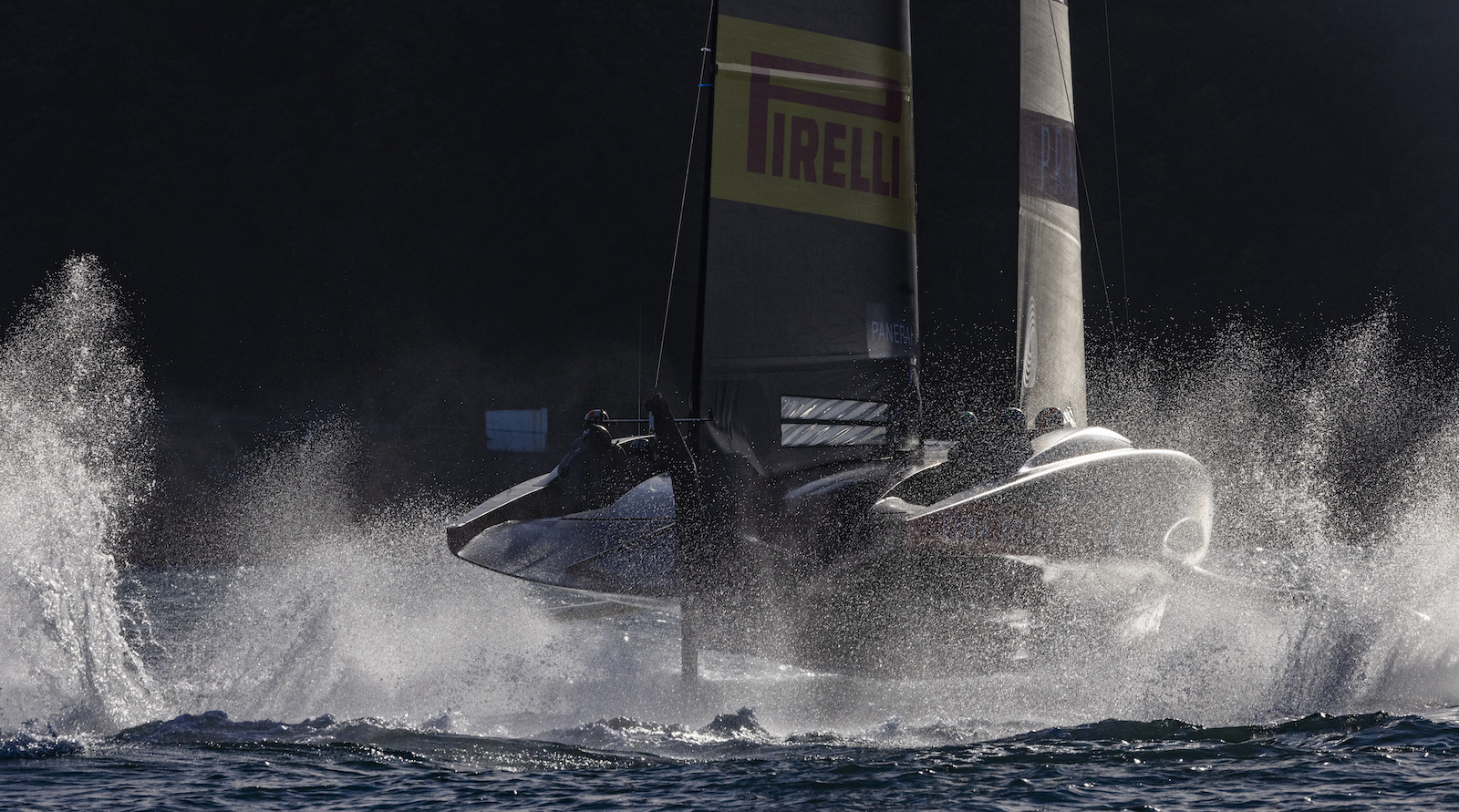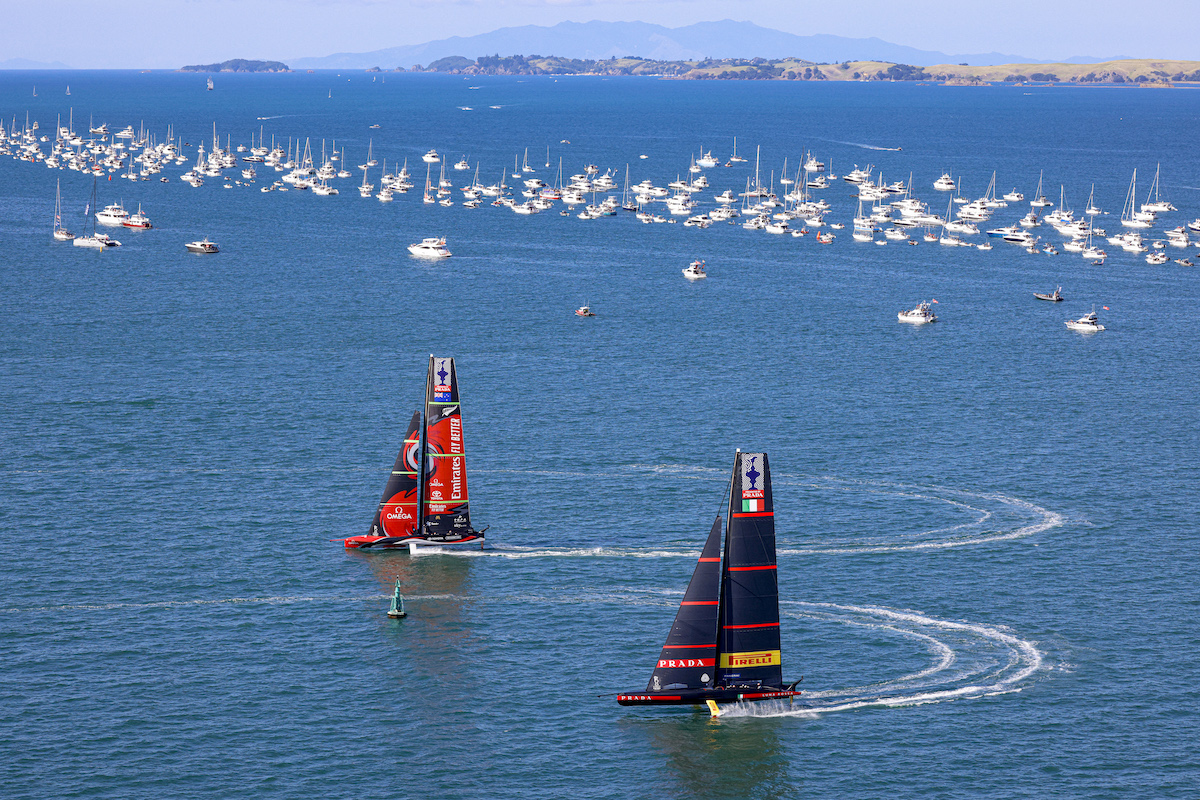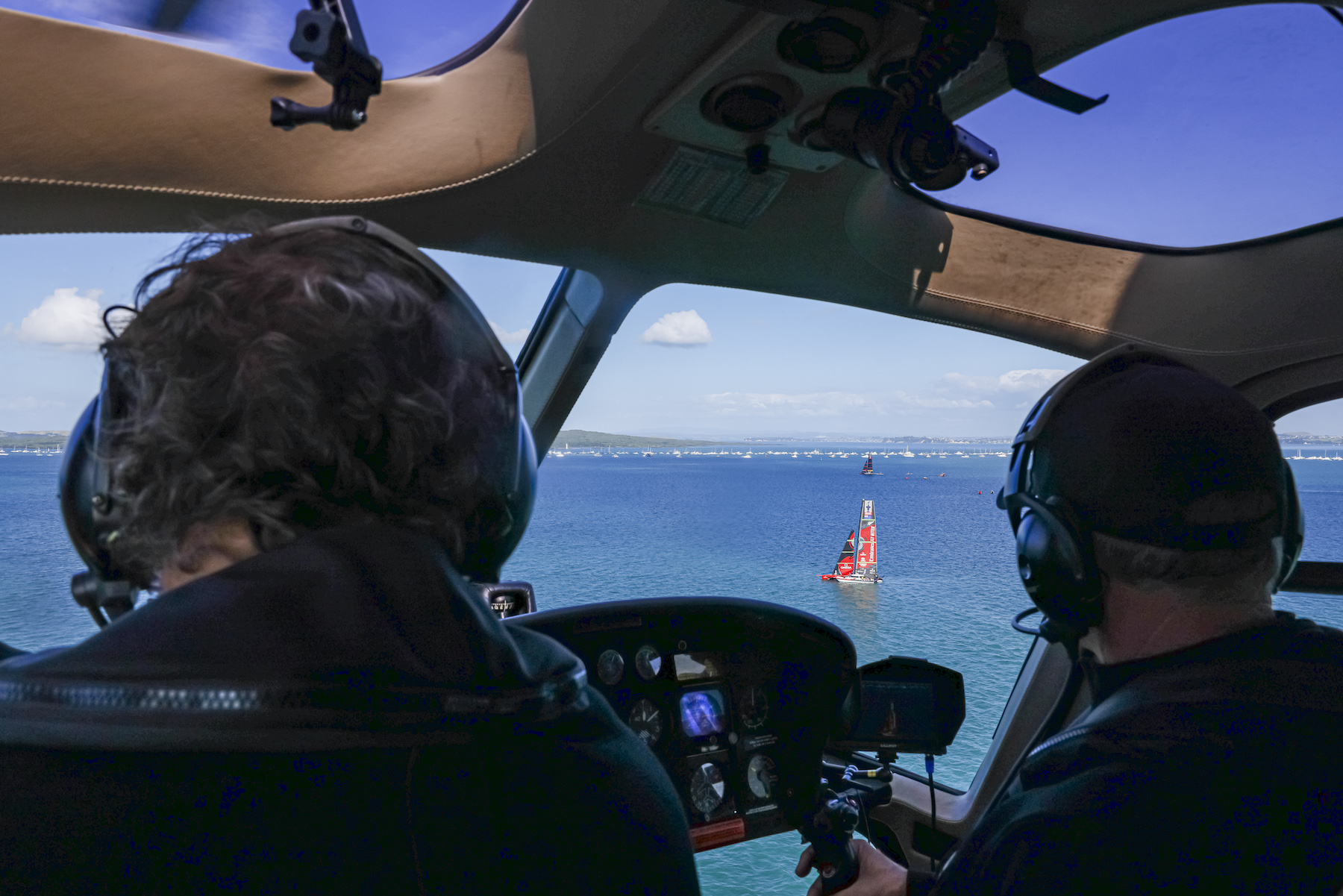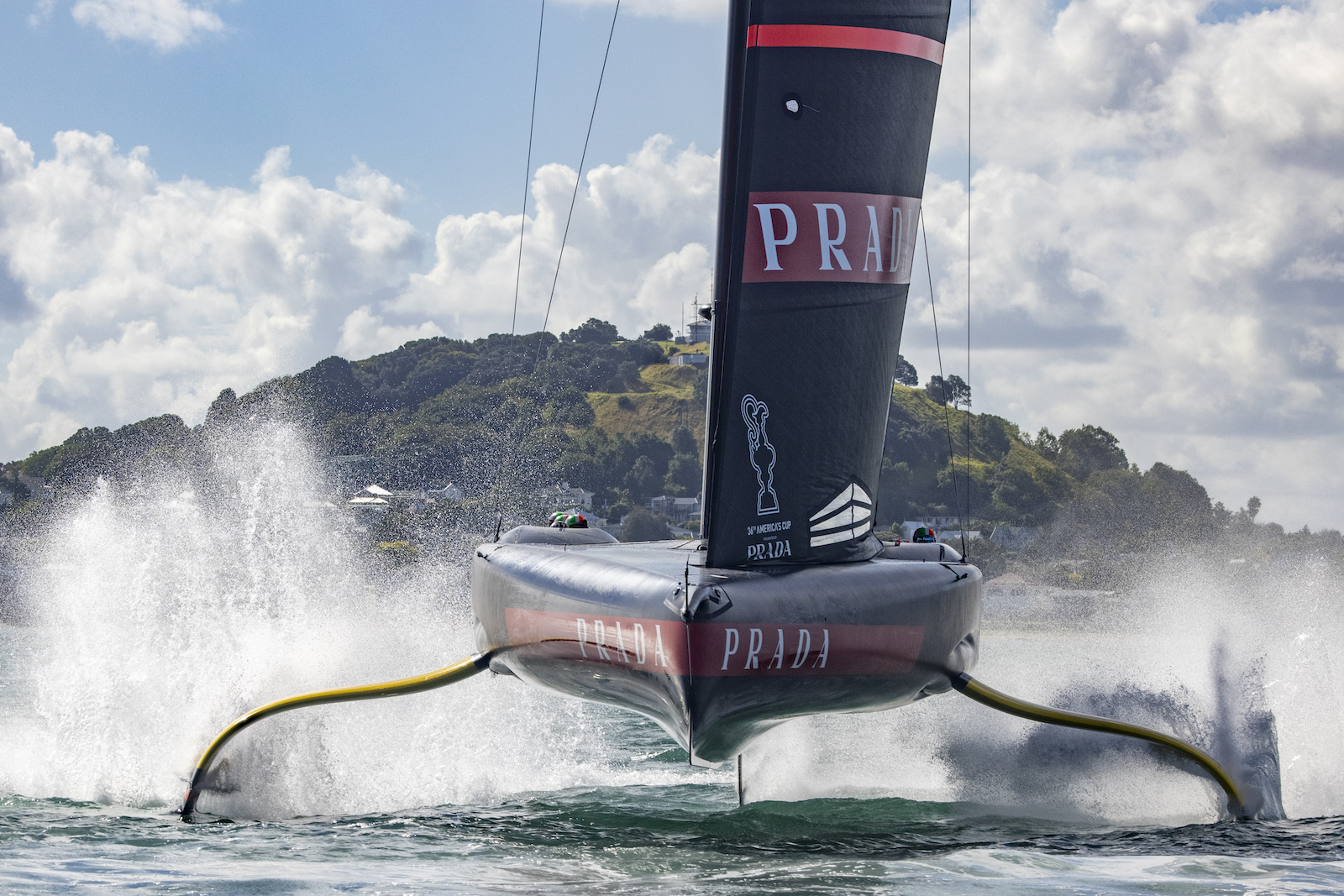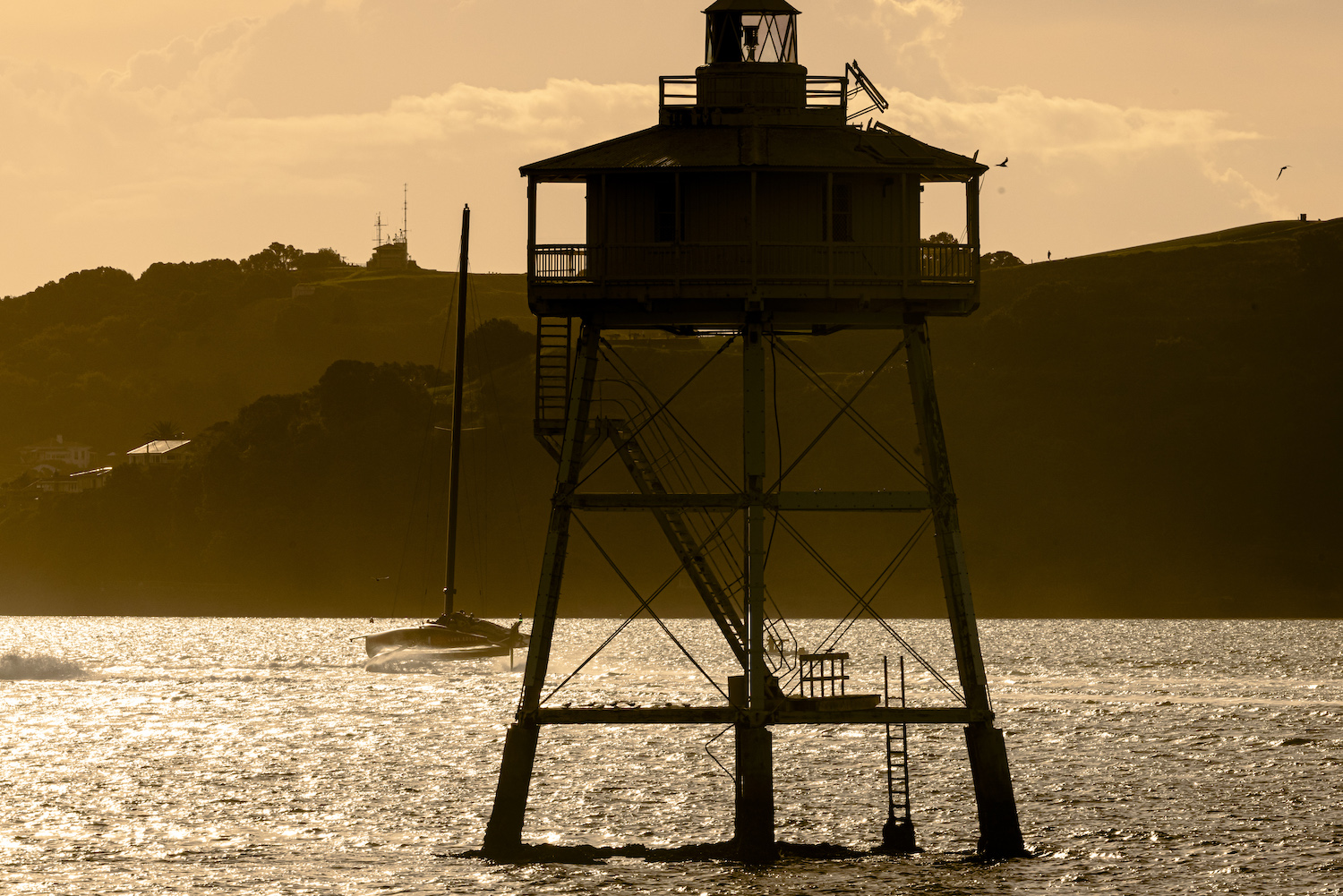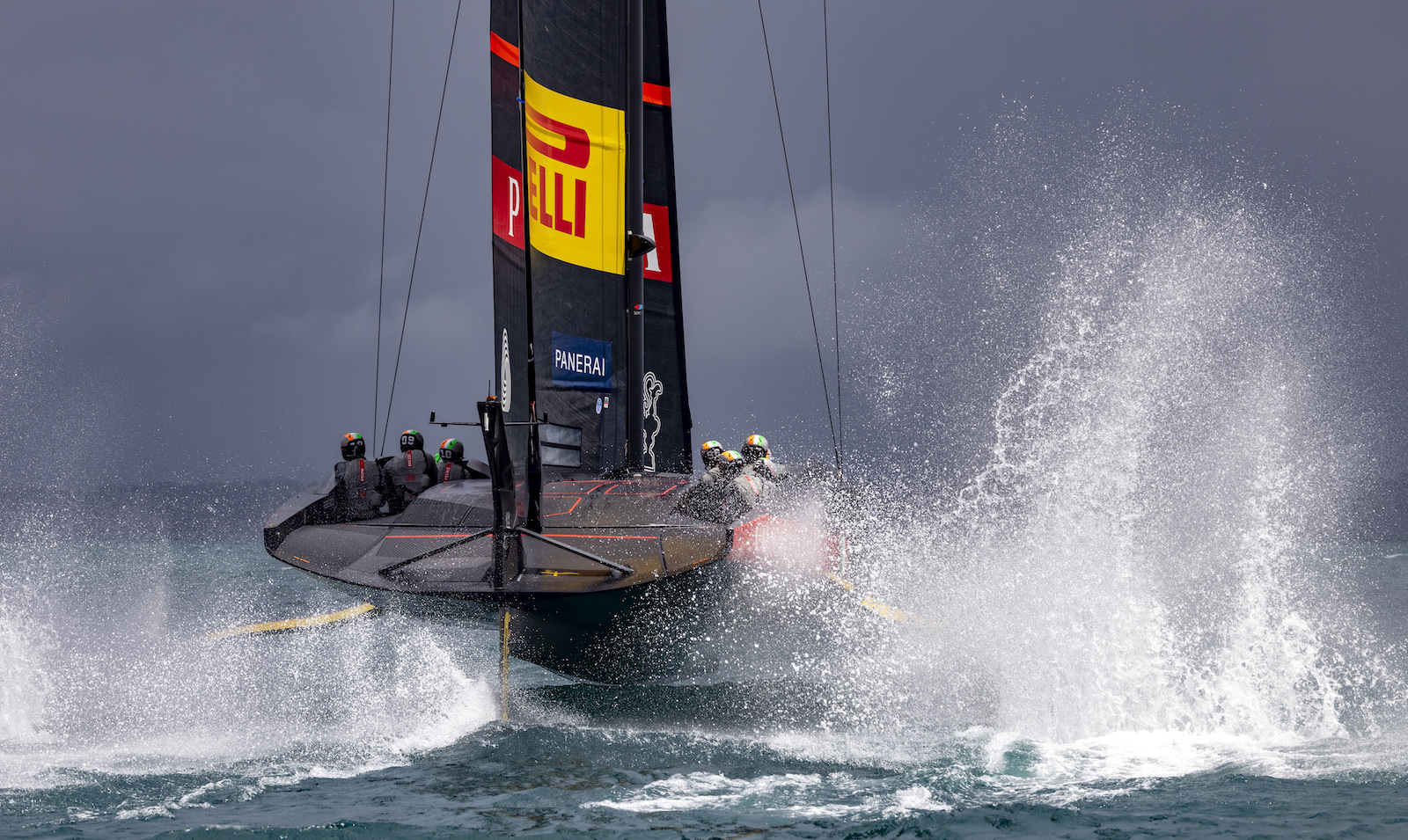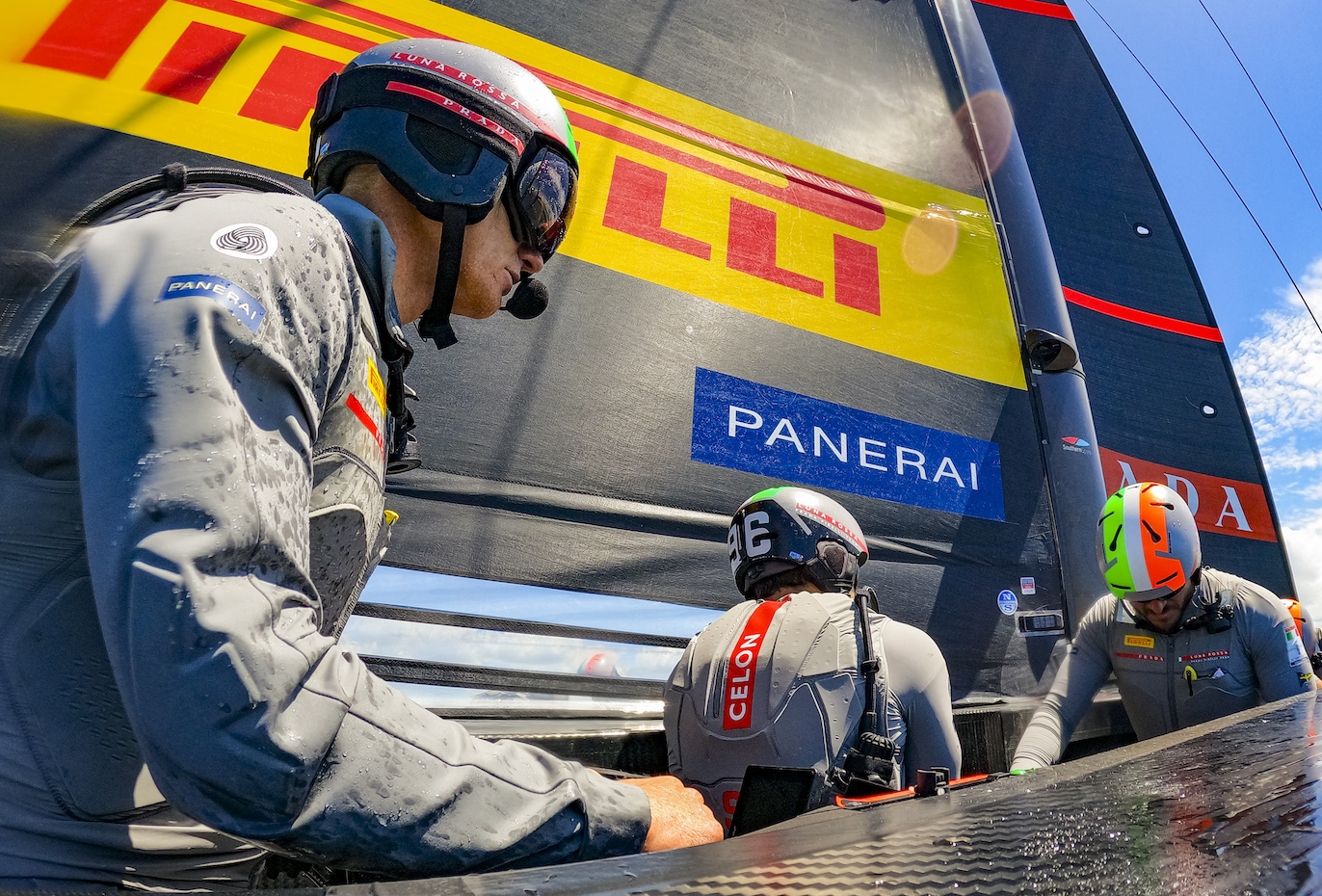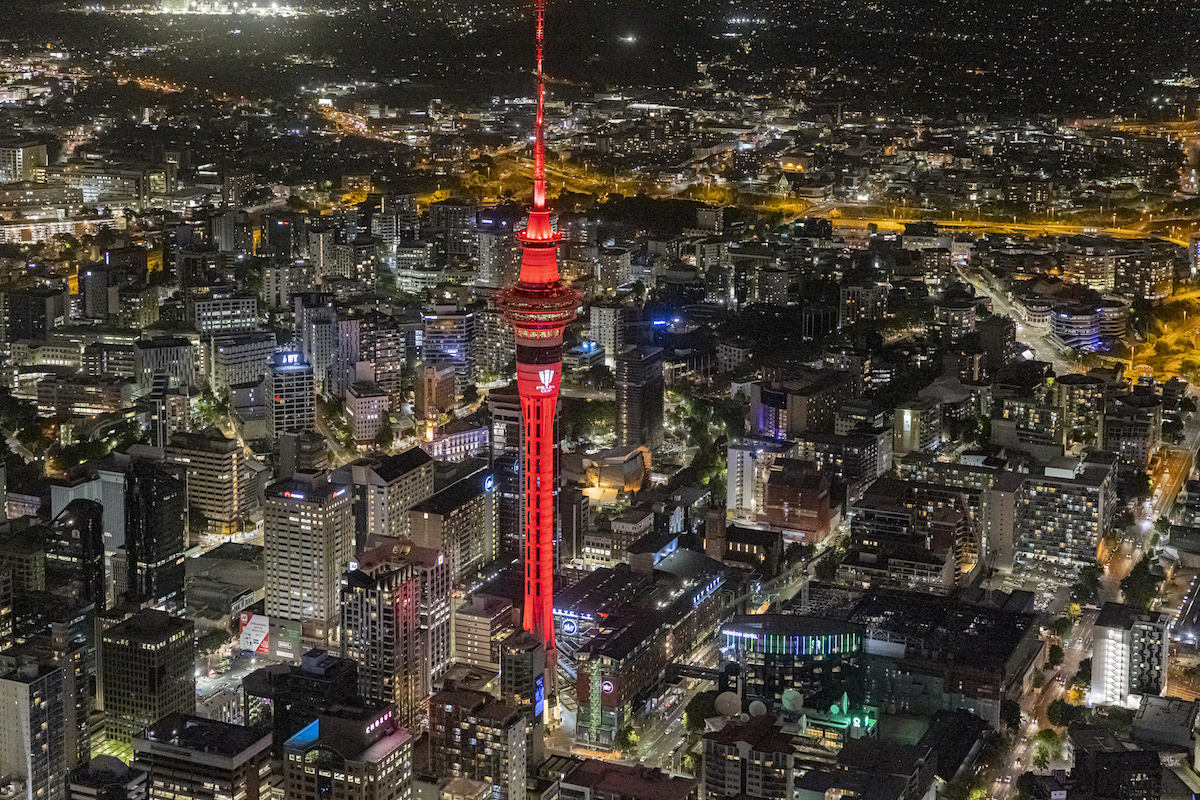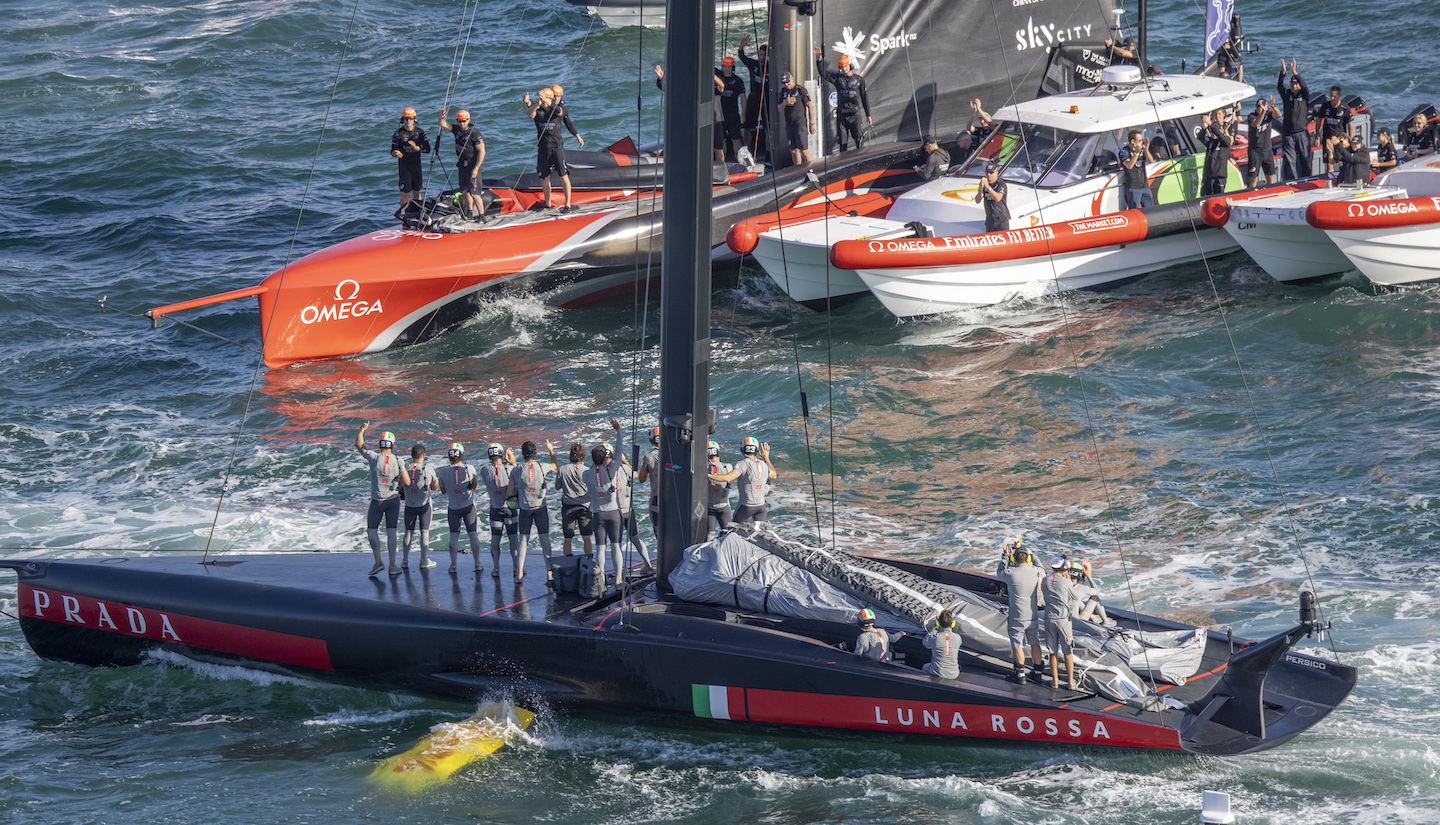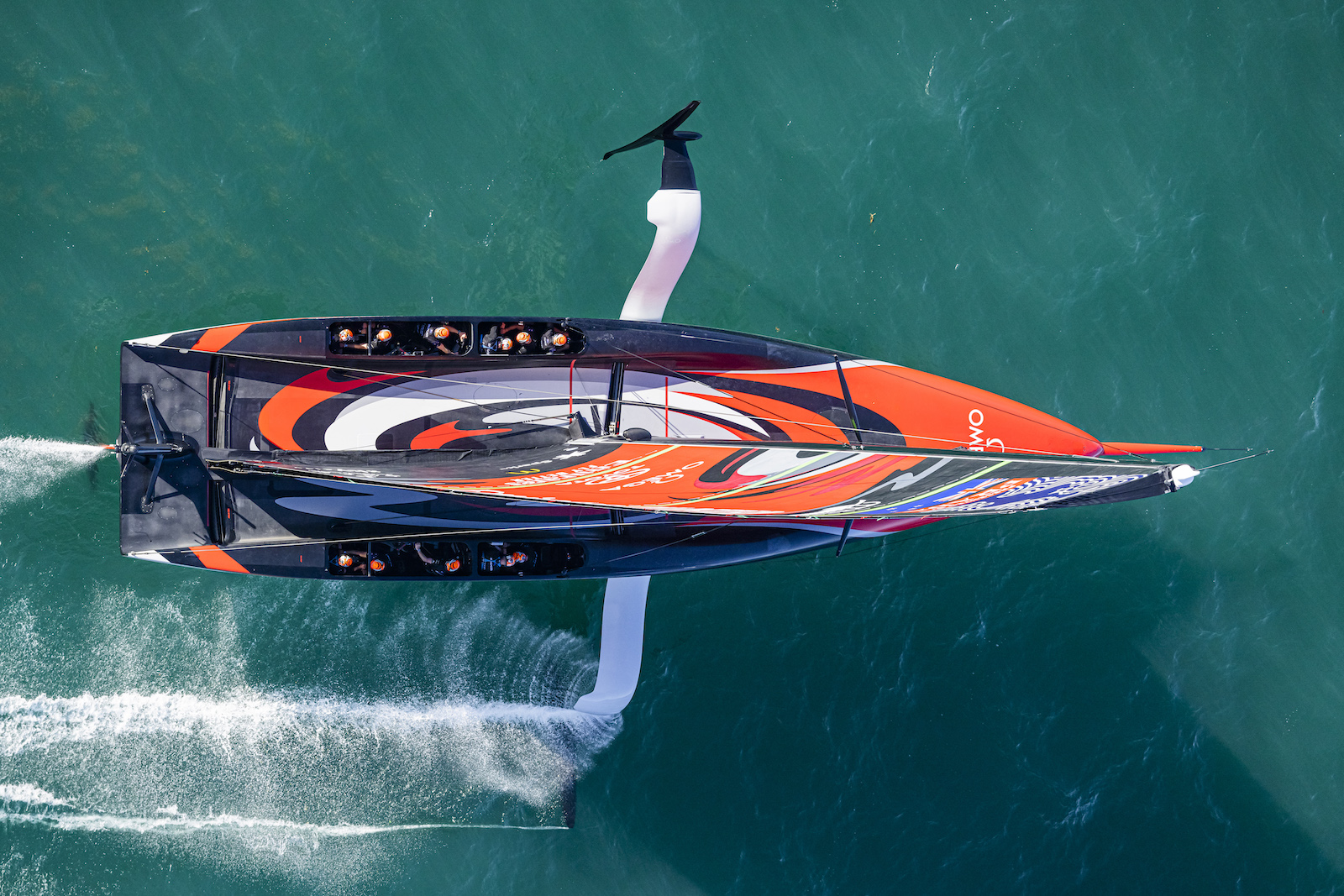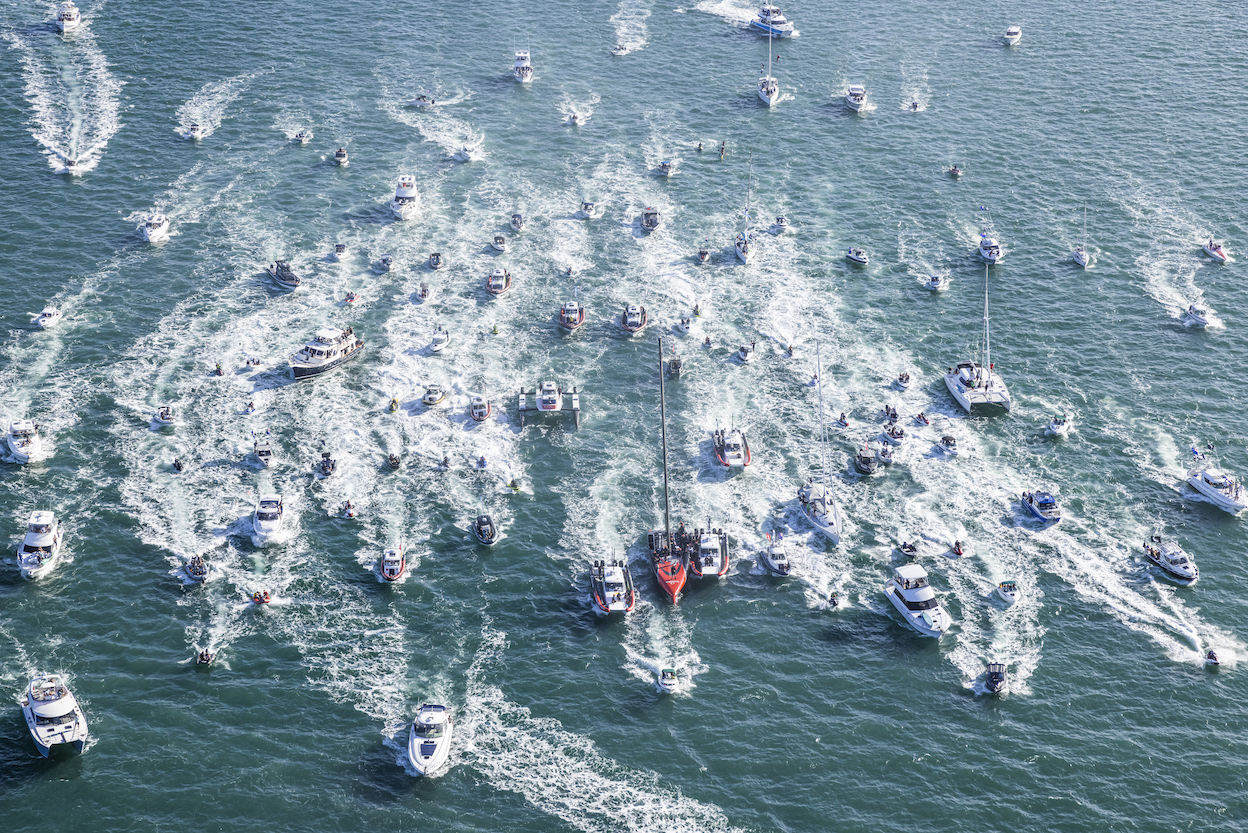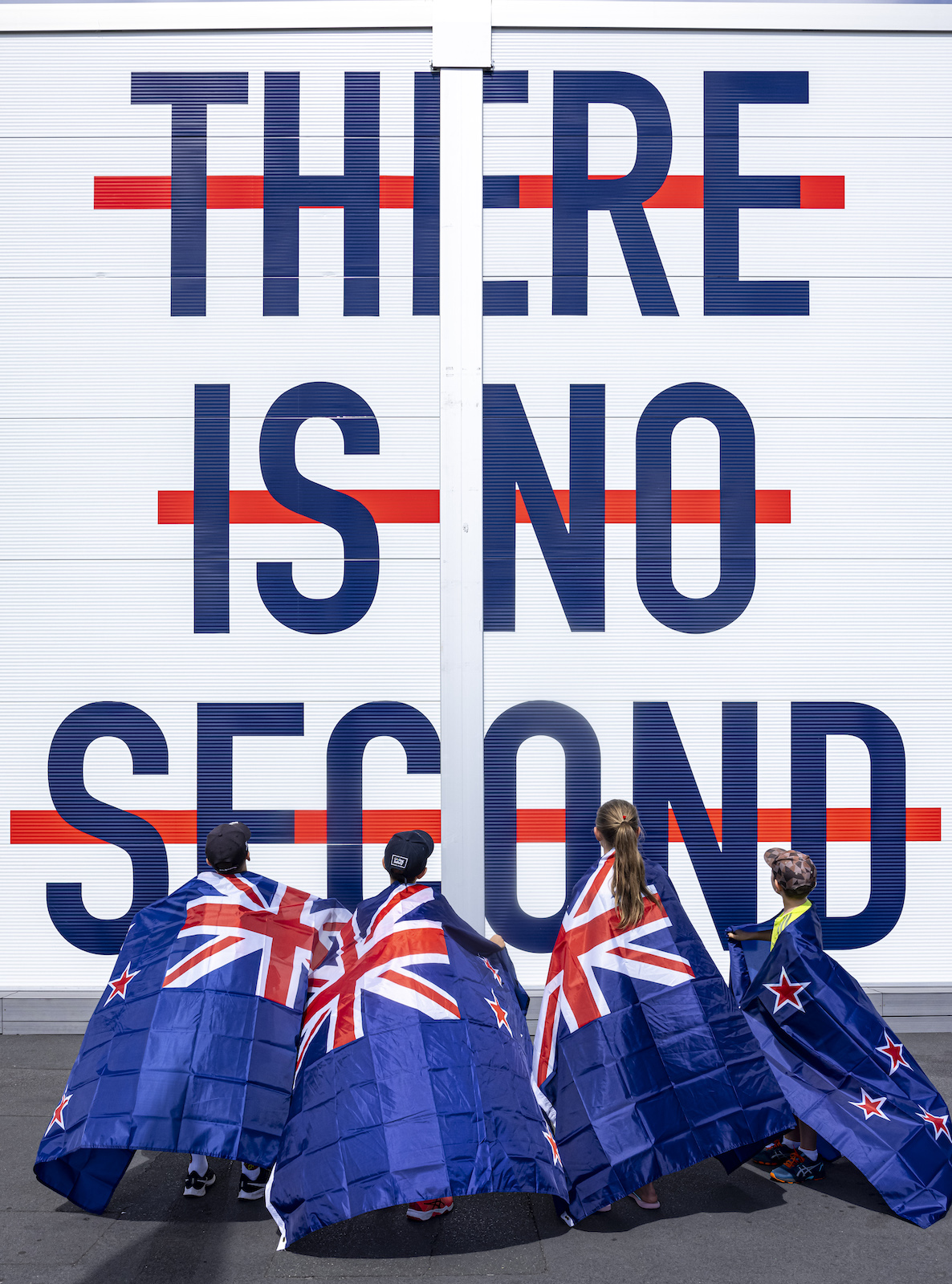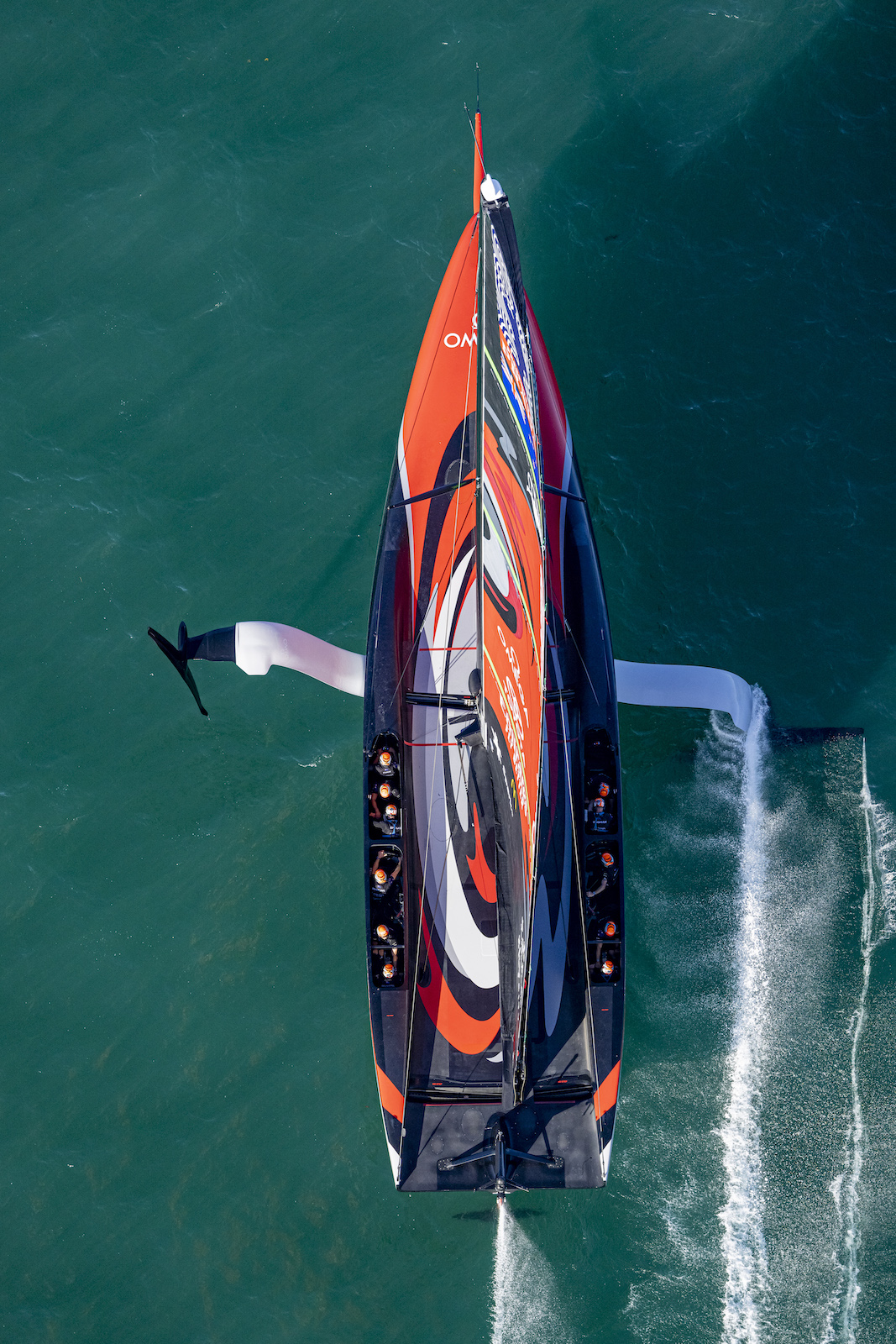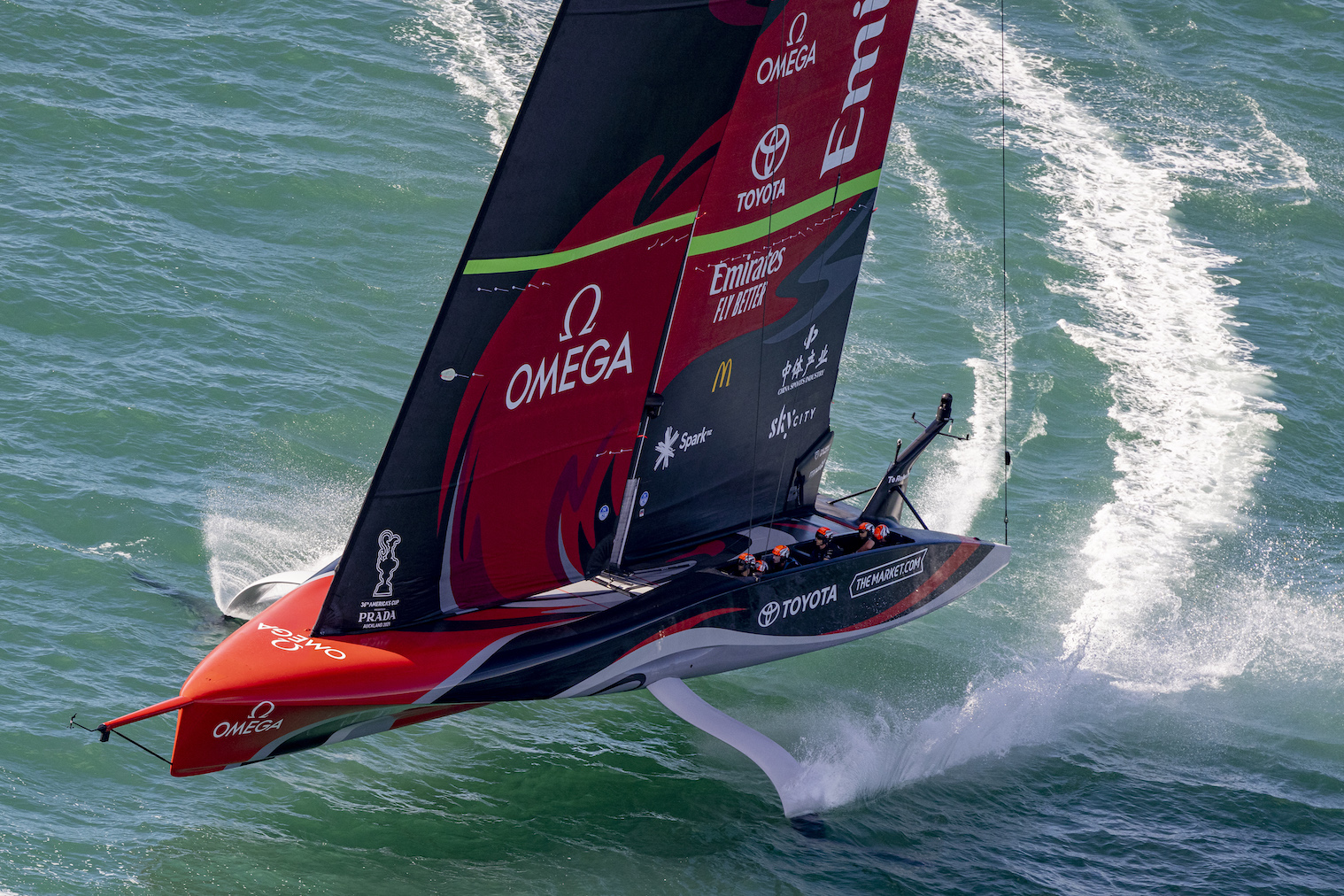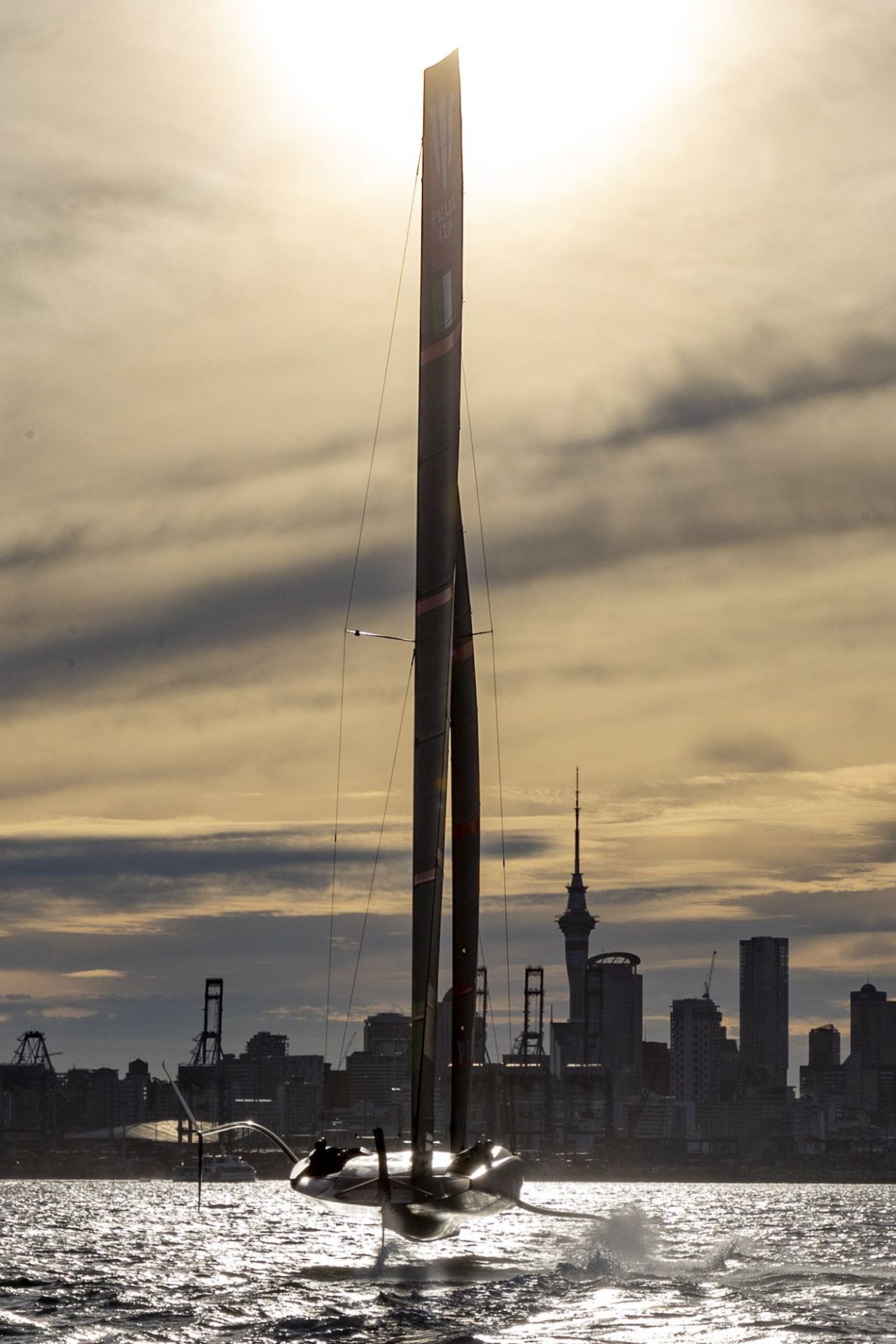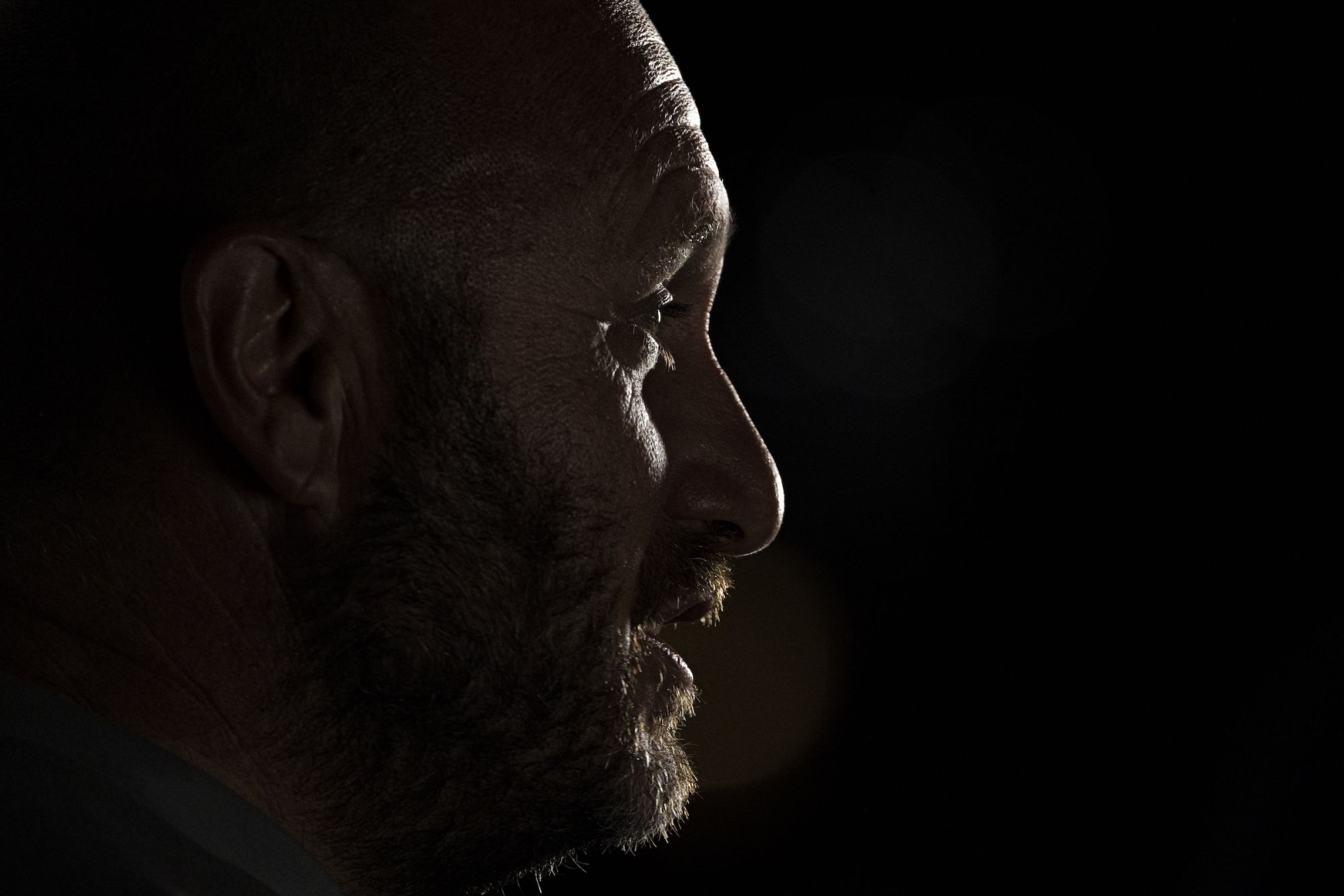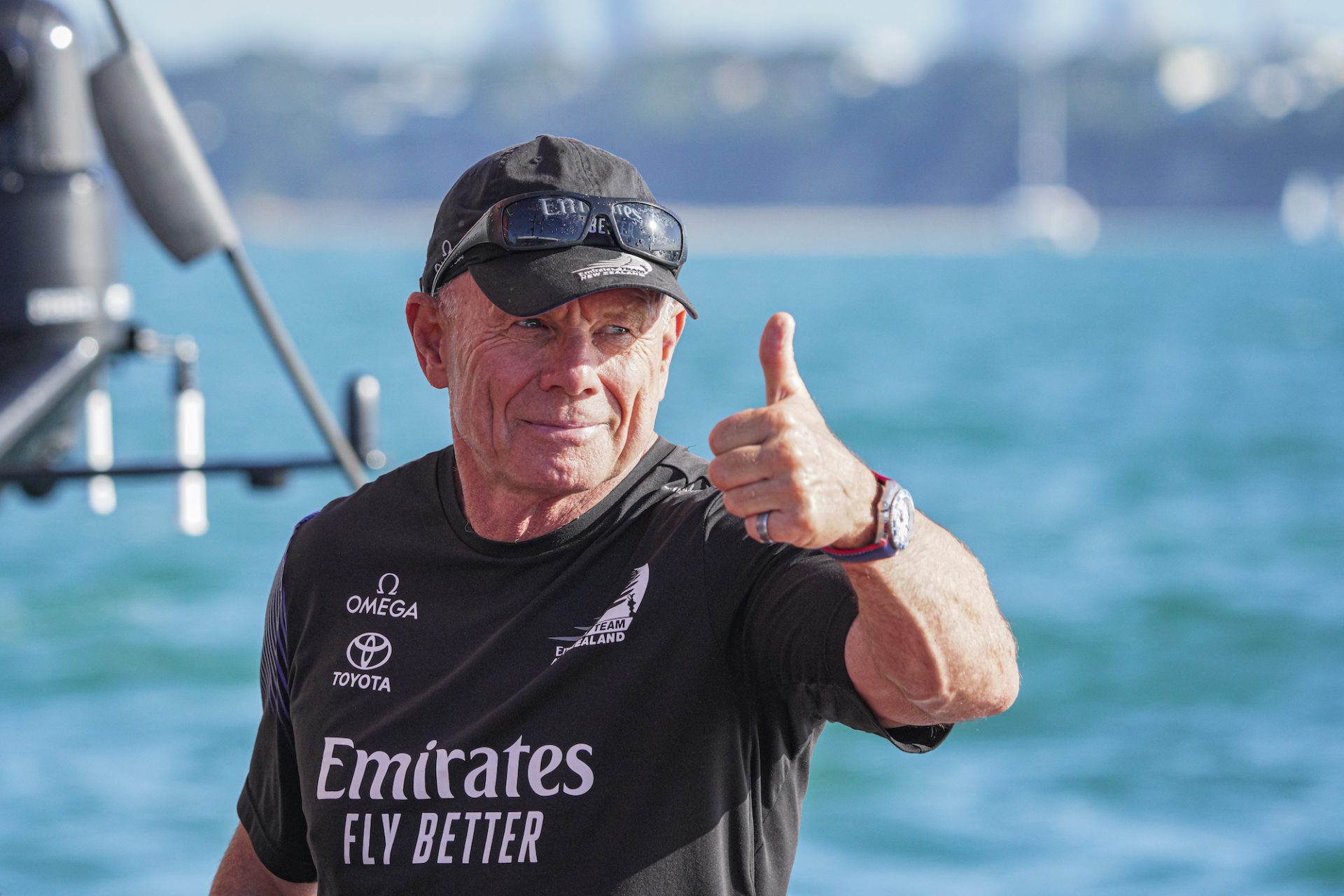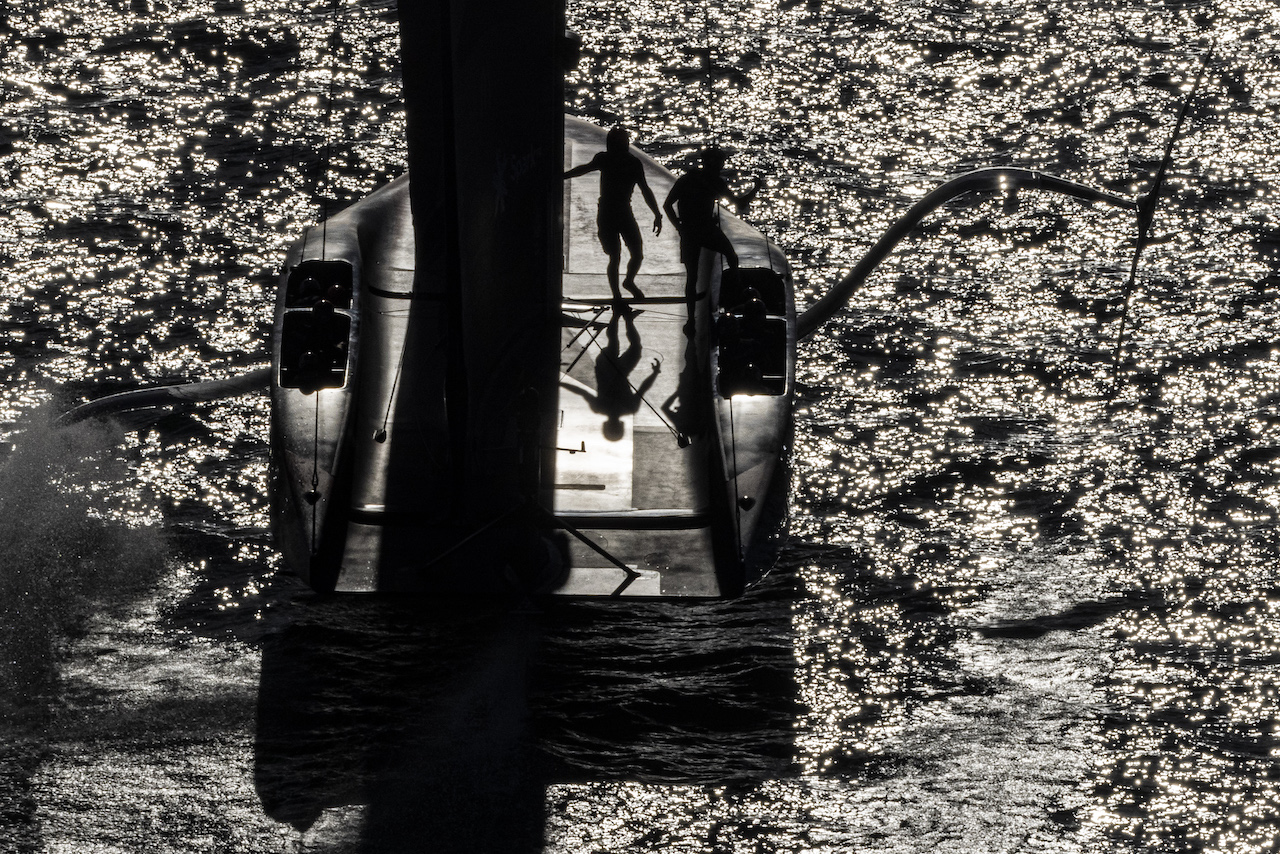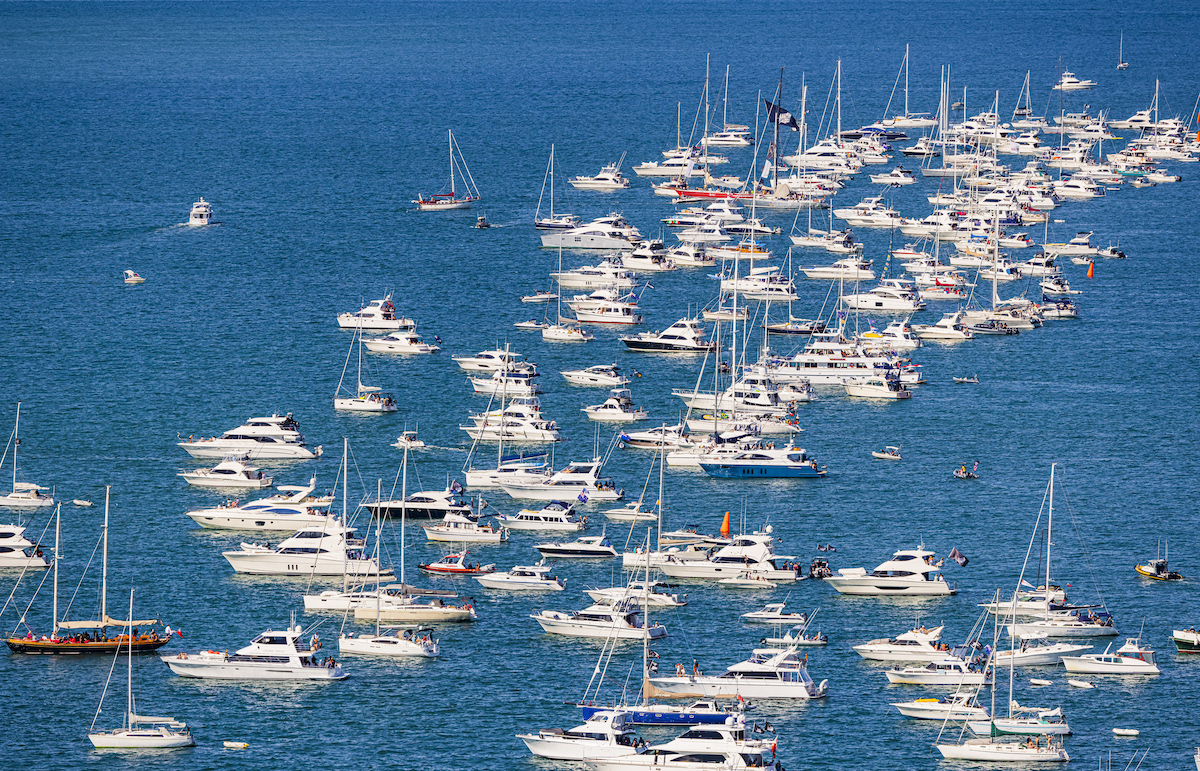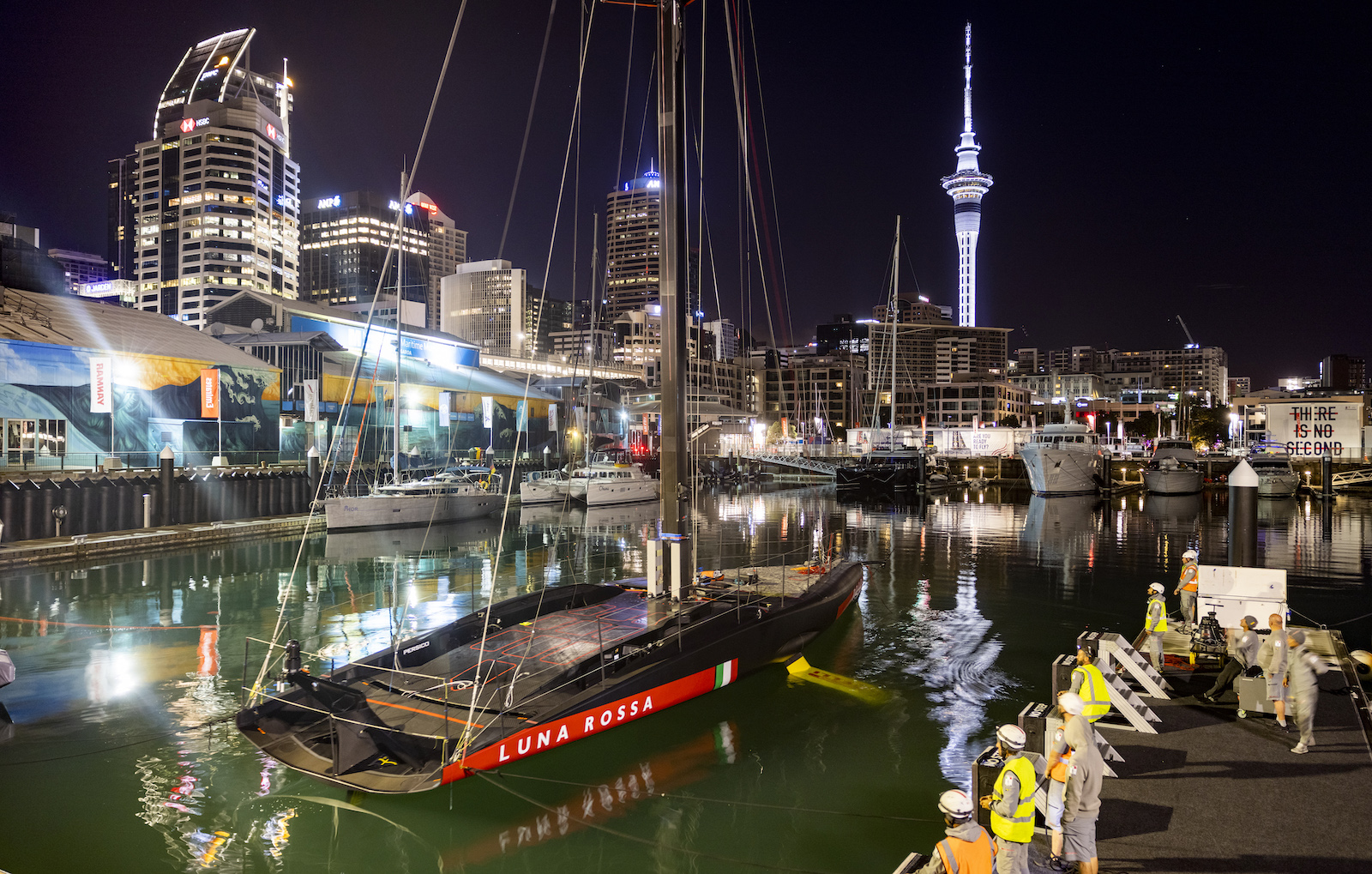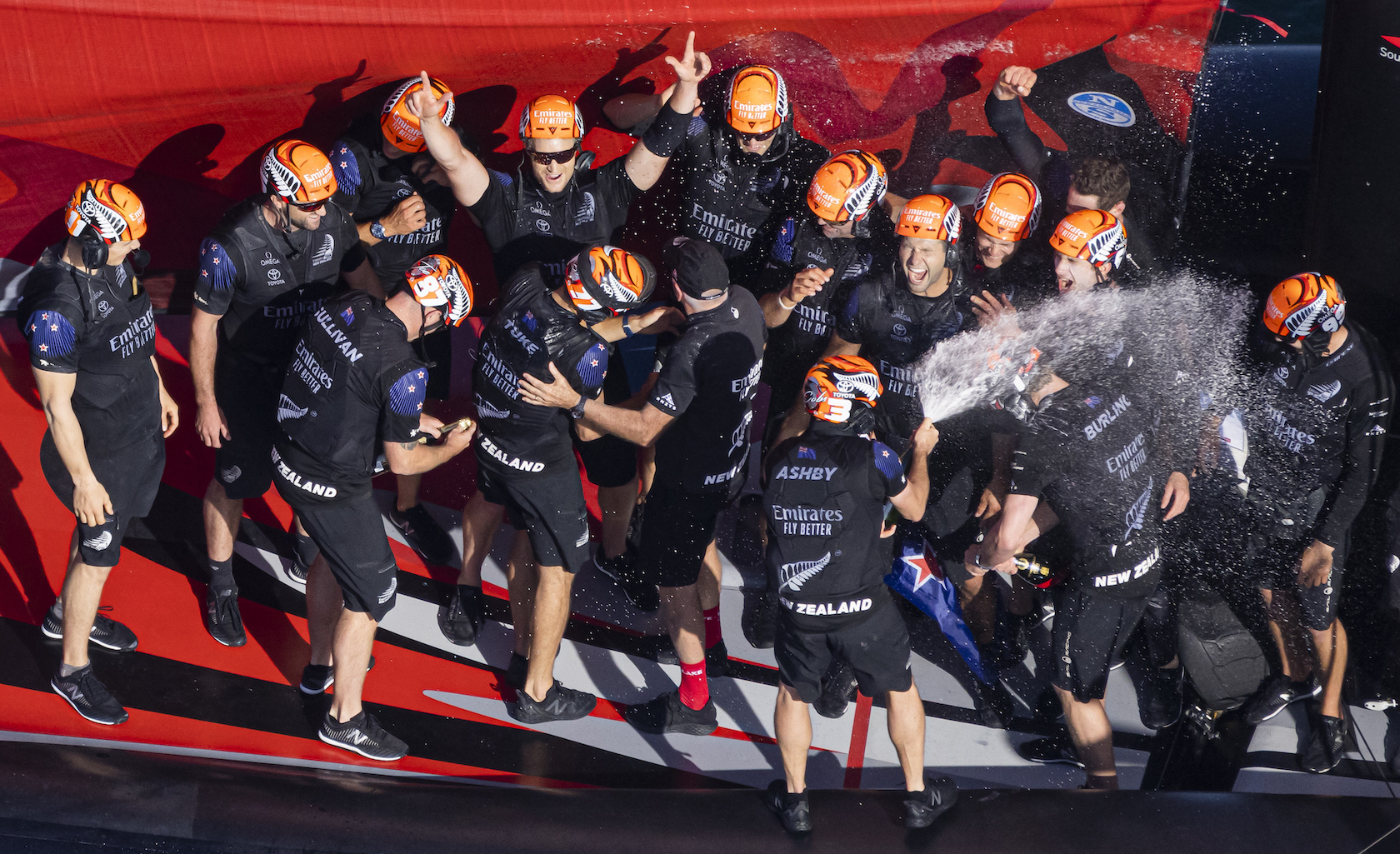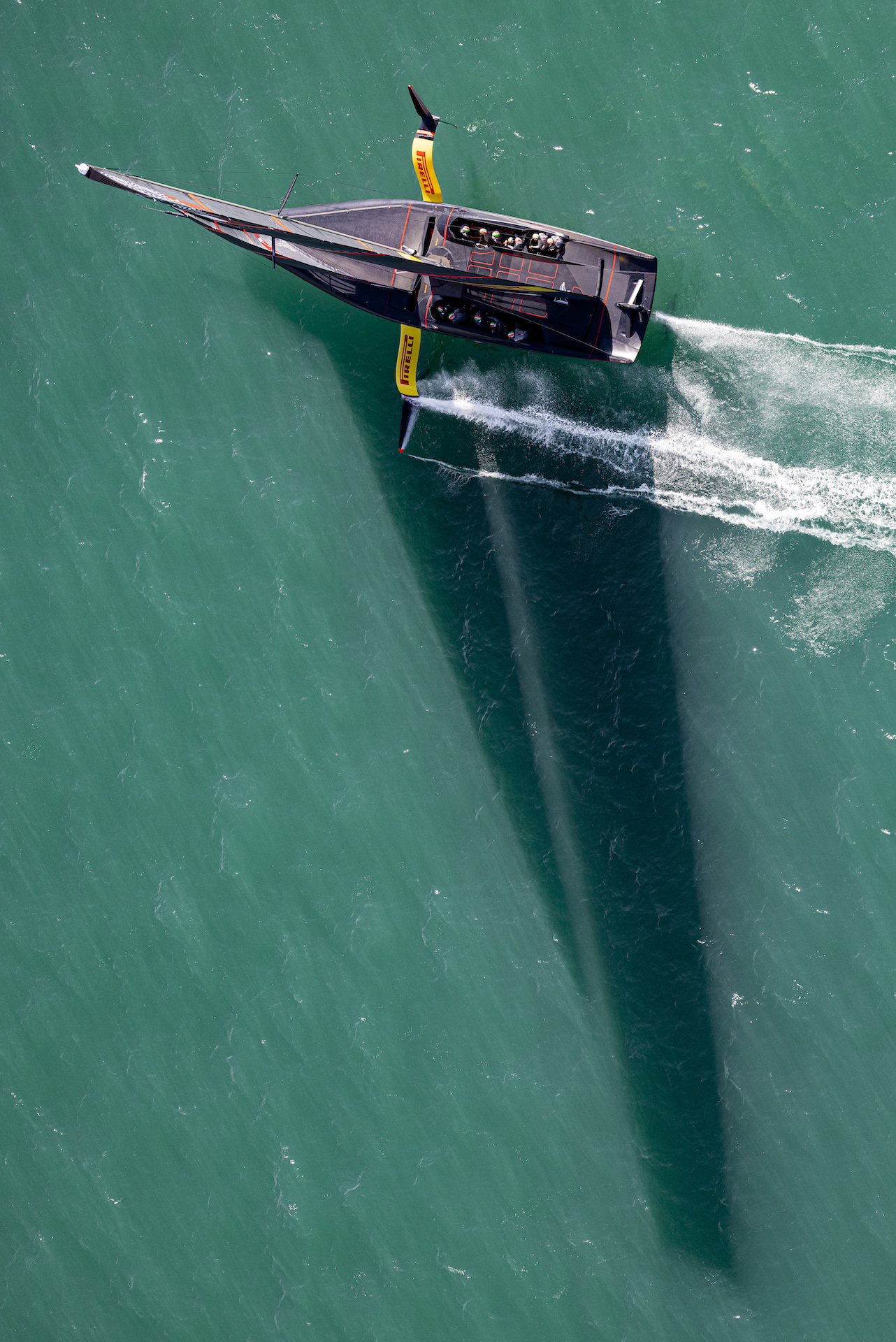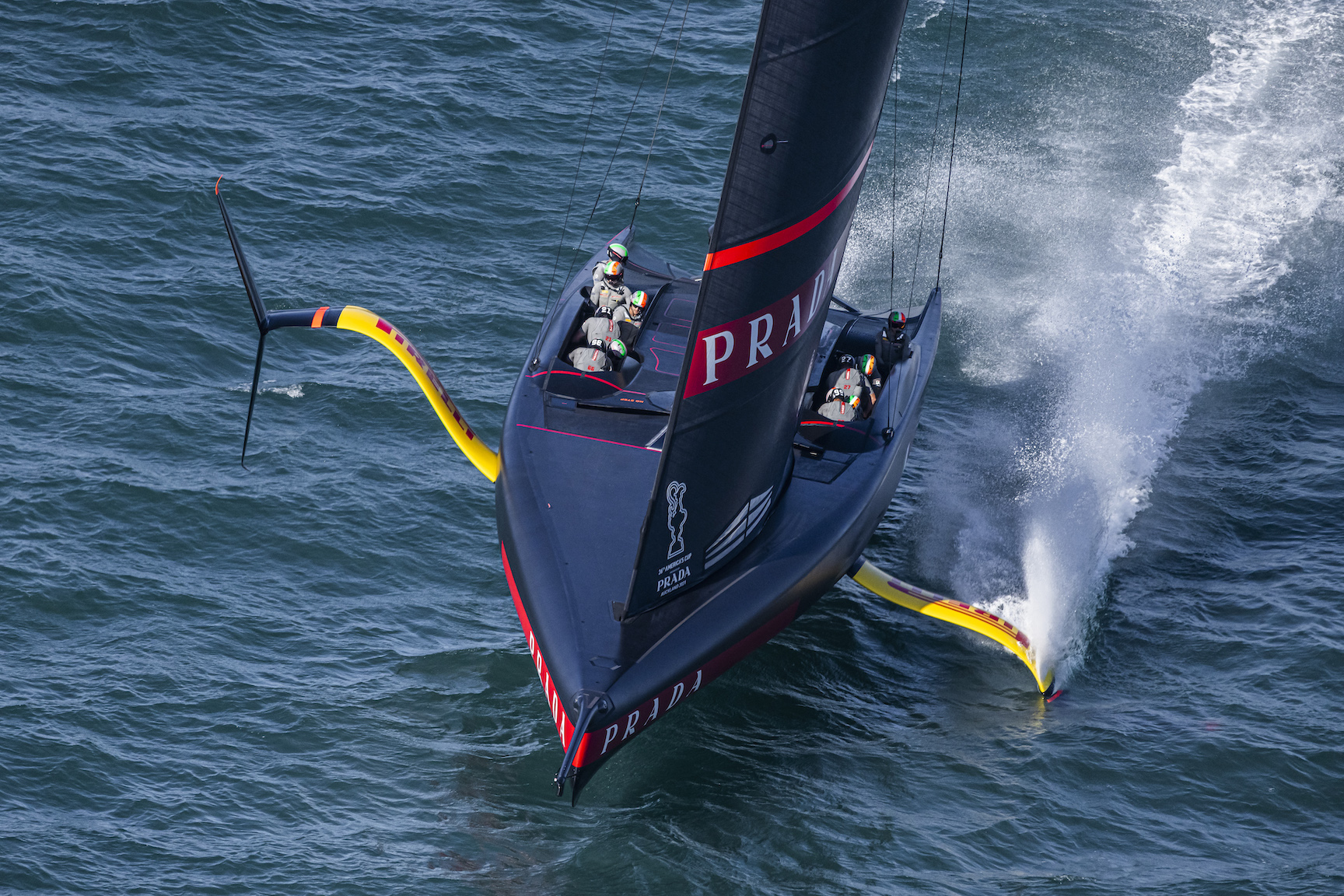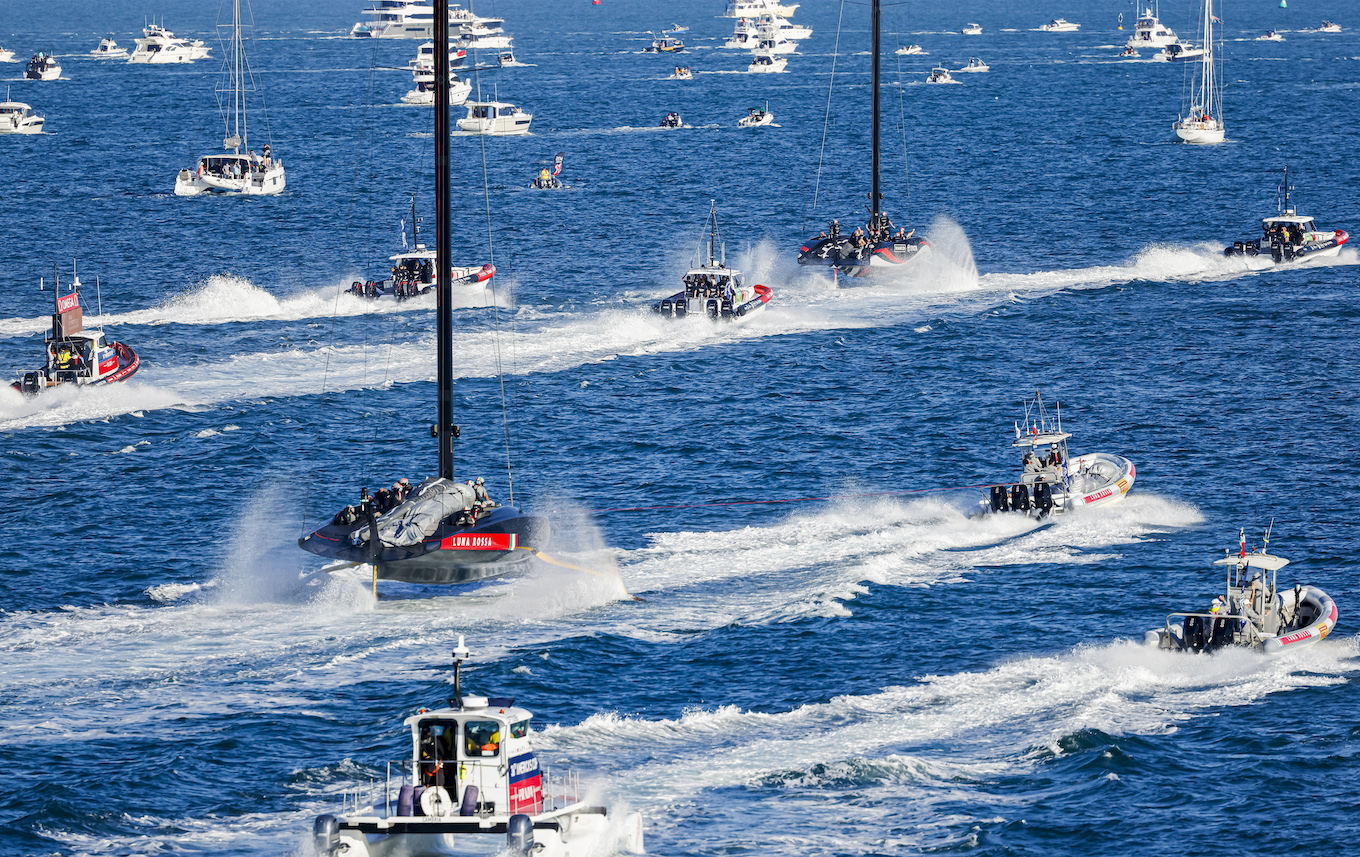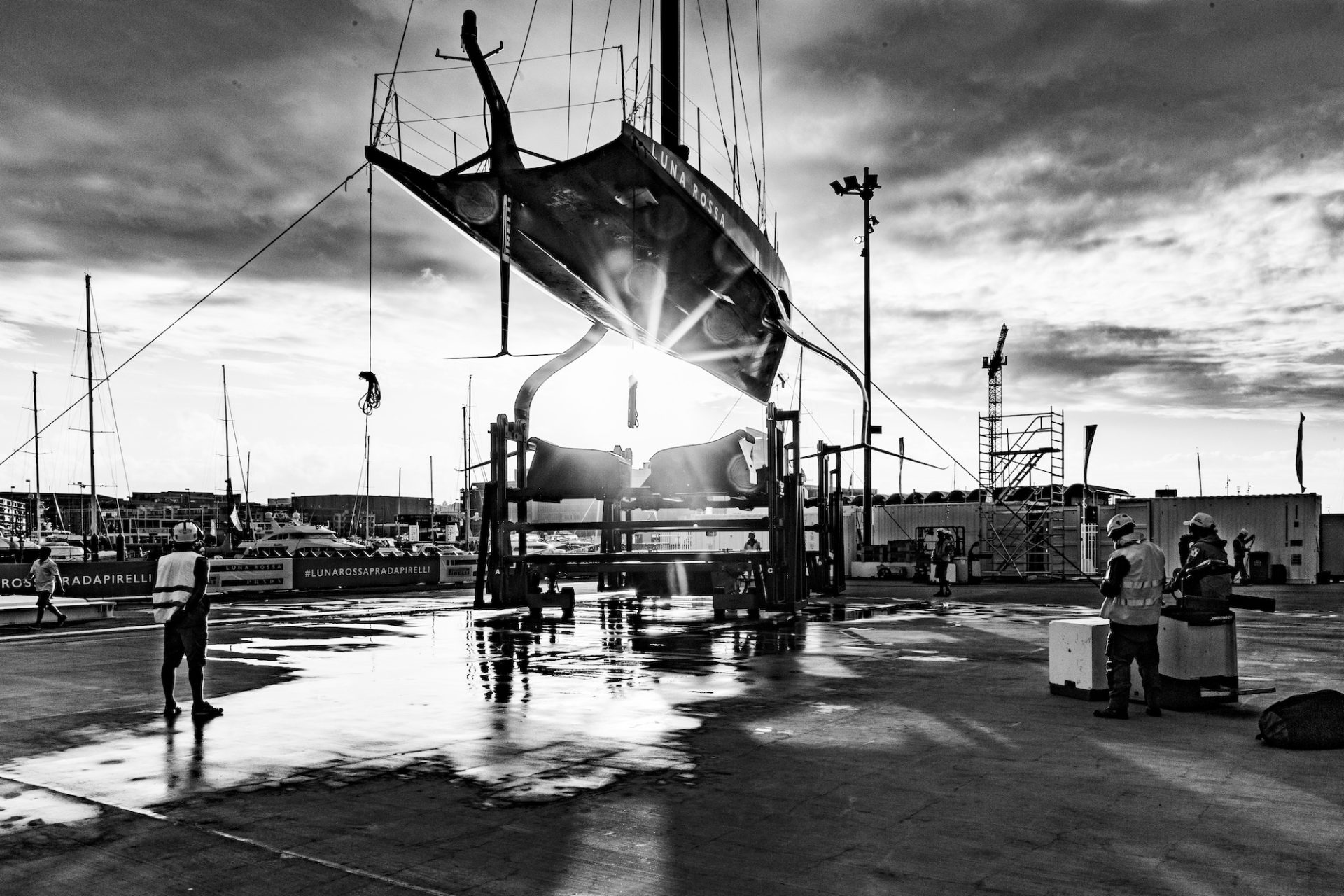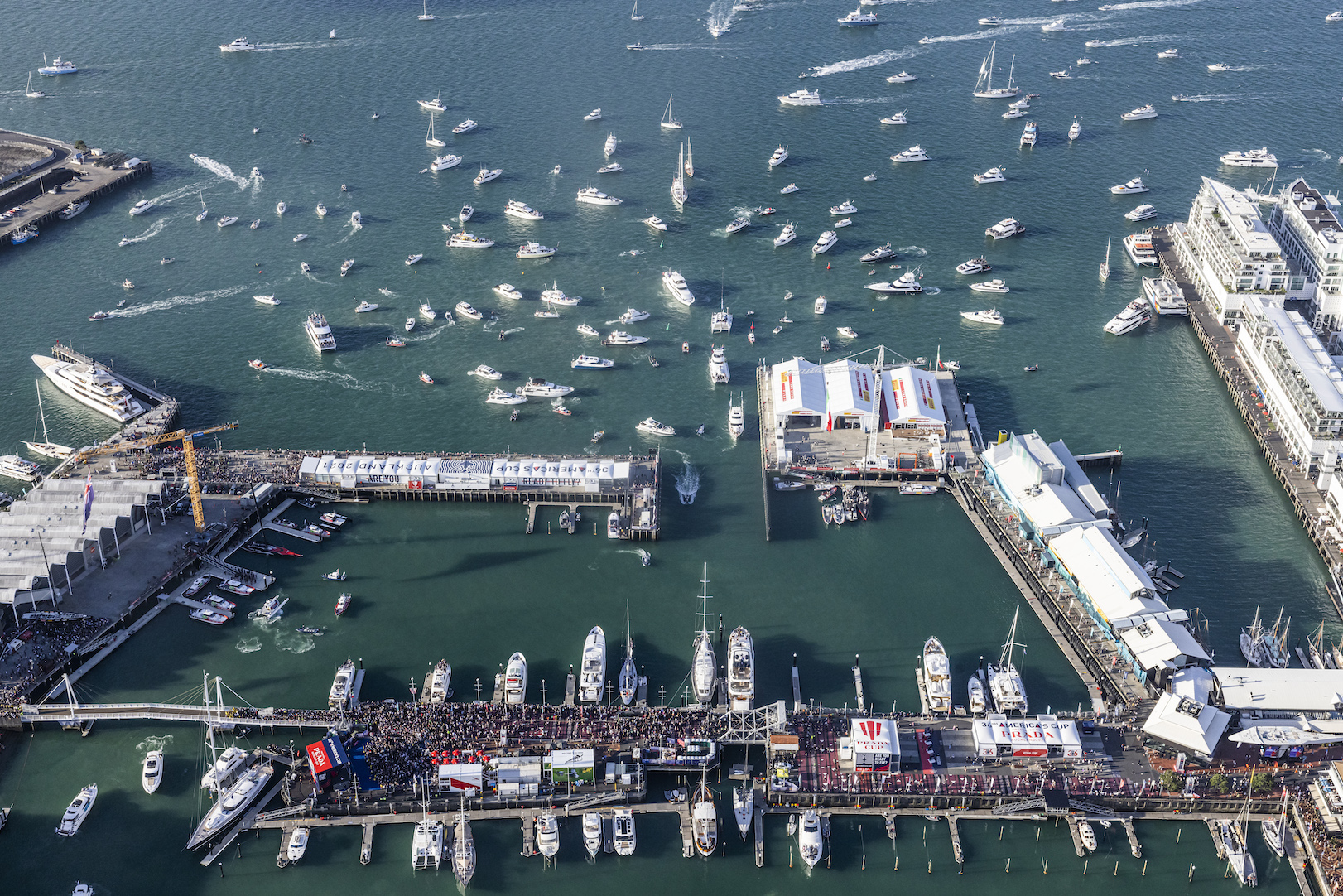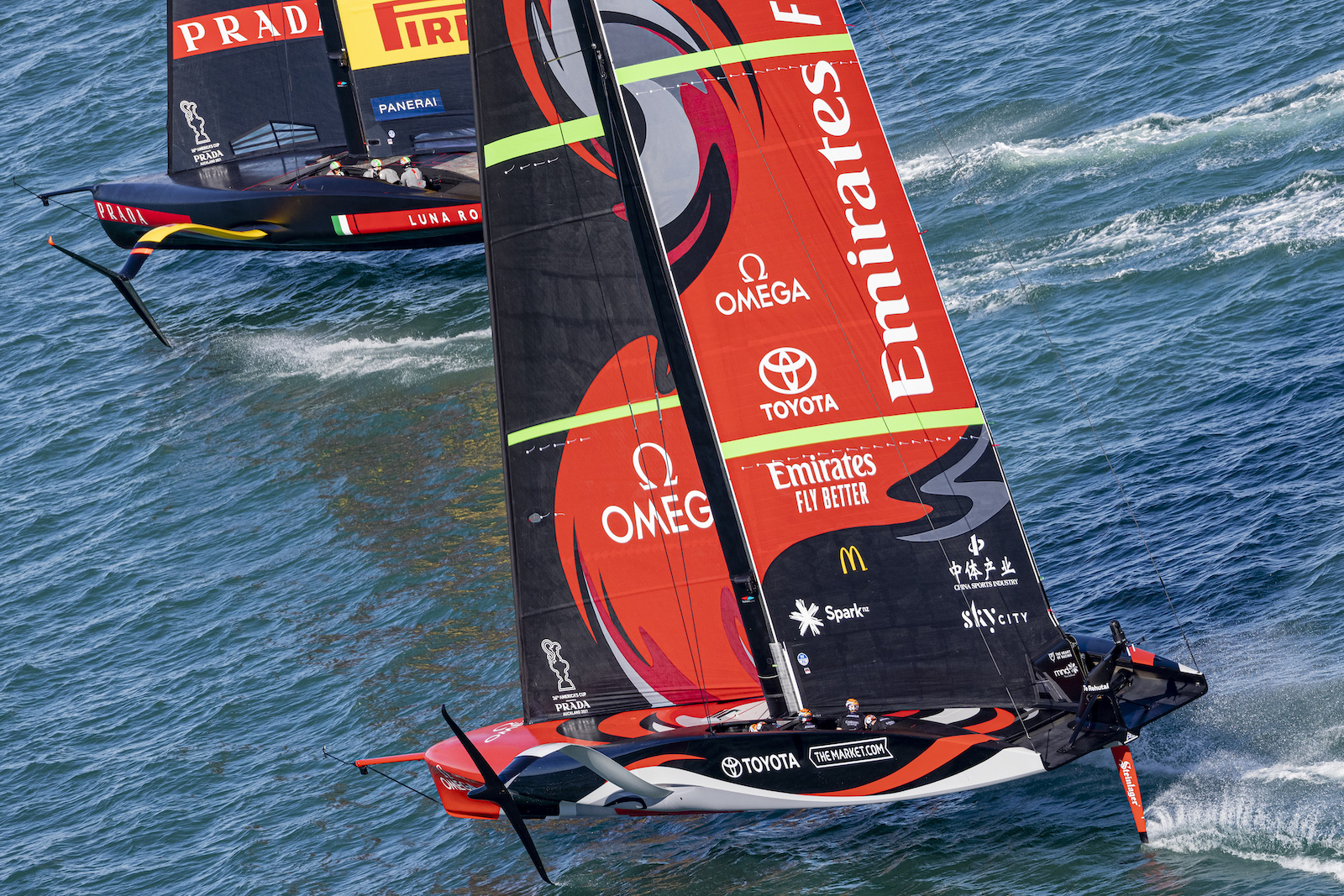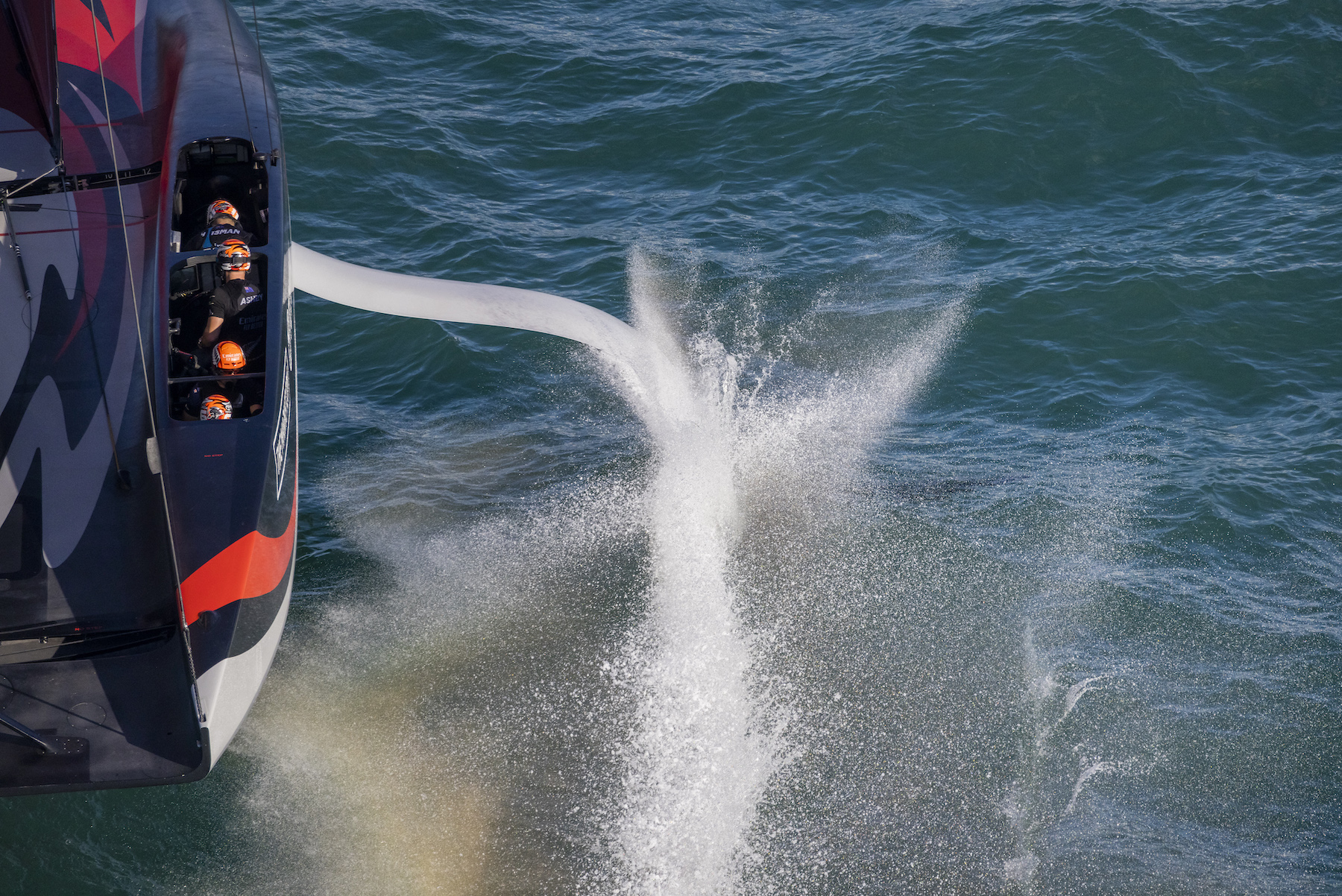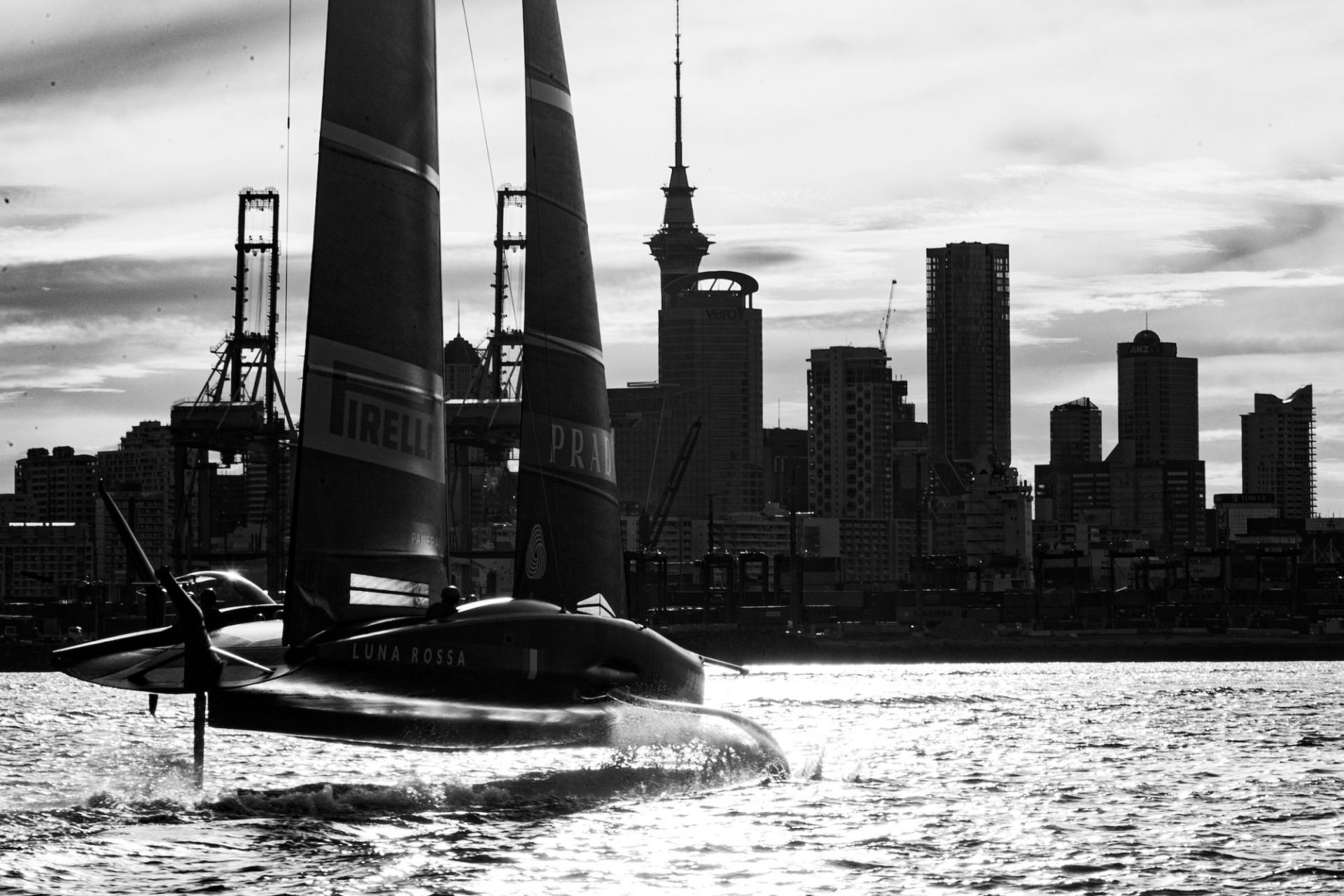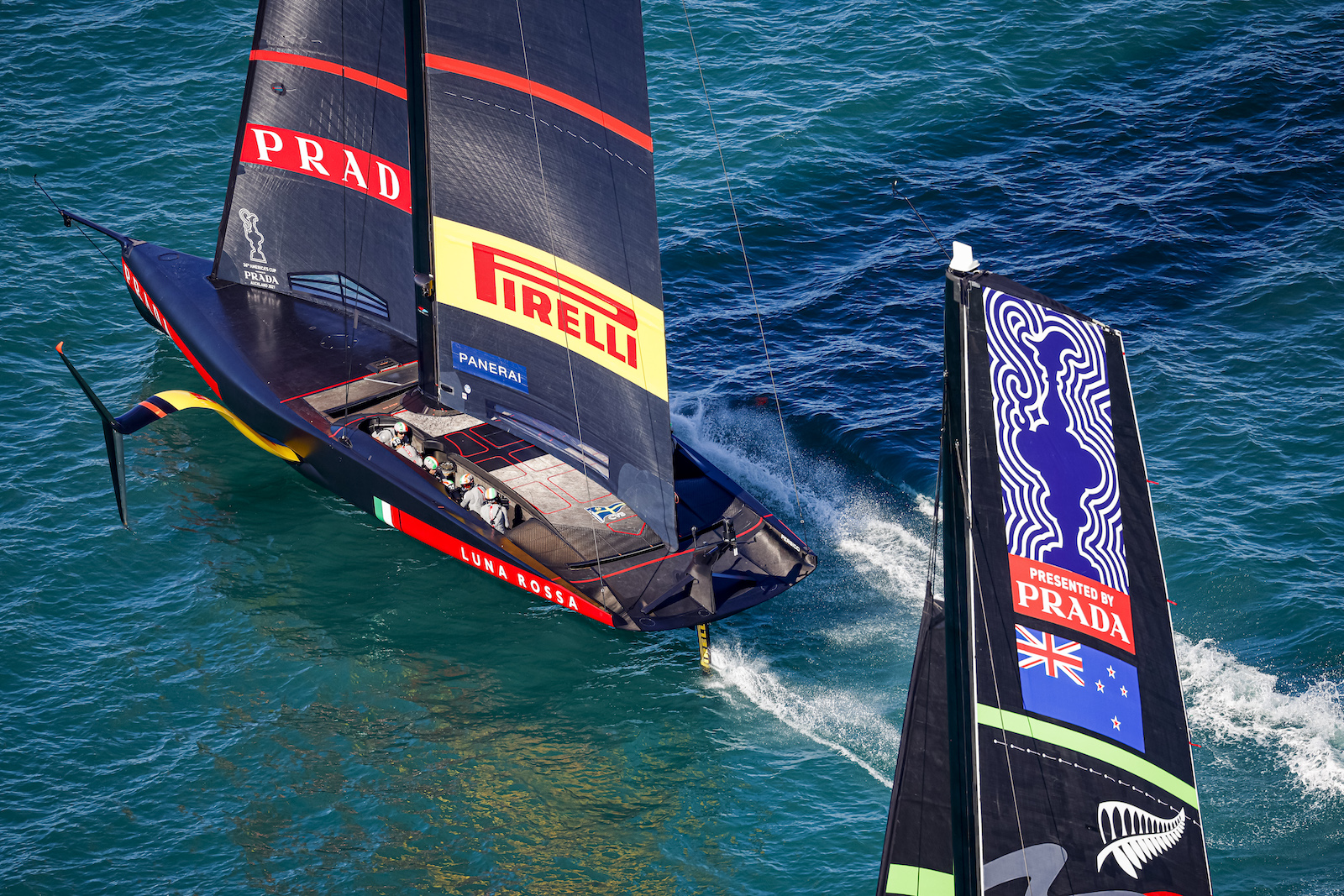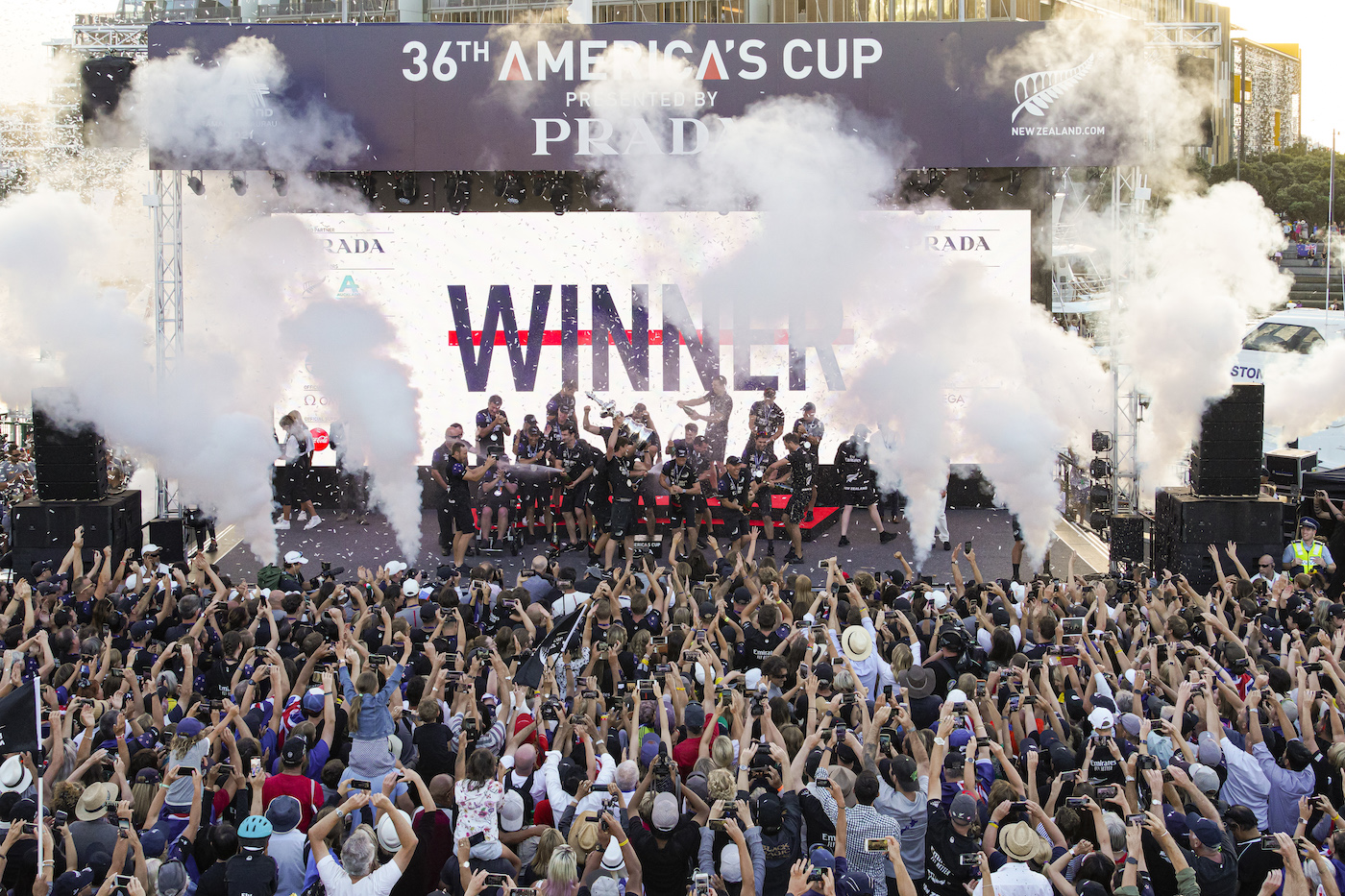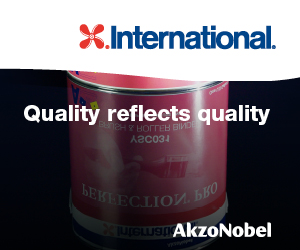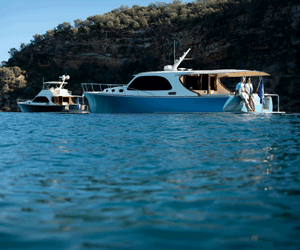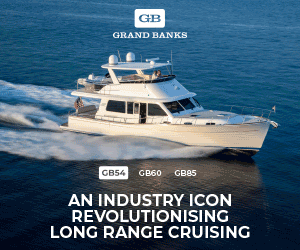How to capture the moment
America’s Cup official photographer Carlo Borlenghi shares what it takes to turn a split-second moment into something tangible.
Photography by Carlo Borlenghi
30 March 2021
When Emirates Team New Zealand crossed that final mark earlier in March to both win and defend the America’s Cup, the energy and excitement was palpable.
The reality is that this is the case for any America’s Cup, but with the lingering presence of COVID-19, for many of us, our experience of the 36th America’s Cup came exclusively in the form of media.
But given how that essence of racing was still captured and translated for us to consume, it highlights the work and ability that goes into not only documenting something like the America’s Cup, but how to turn an image of two yachts competing into something tangible.
Award-winning Italian sports photographer Carlo Borlenghi has been the official photographer for the America’s Cup since 1983 – a prestigious achievement coupled with Carlo’s five decades of acclaim and success.
We reached out to Carlo to chat about his experiences documenting the 36th America’s Cup, what it means to be the official photographer and what goes into actually capturing those split-second moments.
Ocean: Tell me, what it was like to be the official photographer for the America’s Cup. Was there much pressure?
Carlo Borlenghi: It was challenging because there’s a lot you have to do. Being the official photographer, I was the only one allowed to follow the regatta via helicopter, for example. The team photographers, they can follow the race, but only from the press boat.
Obviously in the lead up to and during the 36th America’s Cup there was a lot that was kept secret by the teams to give them a competitive edge. As the official documenter of the America’s Cup, did you have to navigate a fine line?
Of course. The teams don’t like it if photographers shoot the cockpit, as an example . Sometimes I do get pictures that the teams wouldn’t like to see published so with those, I put them in another folder to use after the Cup. I know how much damage it could cause to have that information on show, but it’s also not completely necessary to shoot things like that.
I’m the official photographer, not a spy photographer [laughs].
One of the big things for this America’s Cup was the AC75. How was it documenting that?
It was a good challenge because these boats move so fast. When you shoot from the water during the training, you get to shoot the AC75 running at 100 kilometres per hour. It’s not the easiest job, but you can do it and the AC75 can provide an incredible image. They’re beautiful. I would like to see the fleet race of this boat. Six or seven boats at the same time in the mark.
What were you looking to capture when you’re shooting the AC75s, or any boat? What makes for a good photo in sailing?
It depends on the boat because you want to capture what’s important – the symmetry, the size. With the AC75, you have to adapt your eyes to get in front of the boat. The AC75 is a very good-looking boat.
But with this kind of boat, you can’t show the human side with the people on board; you have to show the action. As I mentioned before, the speed is very difficult to show if the boat is moving at 40 or 45 knots. It’s like the Formula 1 when the cars go at 300 kilometres per hour. If you’re watching that live on television or looking at an image, you don’t actually see that velocity.
Is there a way to best approach that? Is there something you focus on?
It’s finding the angles. If you’re shooting for over a month, you have the option to try so many different angles of the boat and tell its story – you can shoot from the front or with the sunset sometimes, for example.
You were shooting across Auckland since December. When did you arrive?
I was here for four months. I arrived in December, spent 15 days in quarantine and then started work. I was in New Zealand in both 2000 and 2003 – the competition then ran for a little longer, it was about four or five months of work, but it’s nice to be here.
I haven’t travelled around this time because I was alone, but the first two visits I was with my wife. We travelled all over New Zealand. The North Island, South Island, The Chatham Islands – we were in so many different places. It was beautiful.
It’s interesting you mention quarantine because a COVID-19 outbreak in Auckland saw the America’s Cup postponed.
This was incredible because for one positive case, they put the city on lockdown for one week. I’m impressed with New Zealand because they did an incredible job. It’s the only way to end the spread of COVID-19.
With the racing, maybe some teams felt there were better conditions before lockdown but I don’t know if it affected the results. In the end, it’s about the separation of boats in the water. I think the good teams are the ones who go to the final.
What’s your favourite regatta to shoot? Is it the America’s Cup?
The America’s Cup, of course, is my favourite event but one of the best for me to shoot is the Rolex Sydney Hobart Yacht Race because there are so many different conditions. The big sea, the strong wind – there’s so much for the picture. It’s fascinating. It’s an amazing regatta and the maxi boat is a good boat to shoot.
If you get the right conditions for the Rolex Sydney Hobart with the best light, the images are incredible. I’ve flown at 5 am in the morning to find the boats in the past – the light from the sunrise, as well as the sunset, gives you a better chance to capture a nice image.
You’ve been documenting the sport for an unbelievable amount of time, but what’s your experience with sailing?
I never sail – I don’t swim [laughs]. When I have free time, I go to the mountains. I was born in Lake Como and some friends had a boat, so I’d take pictures of them, but I’ve never sailed. I like to shoot.


